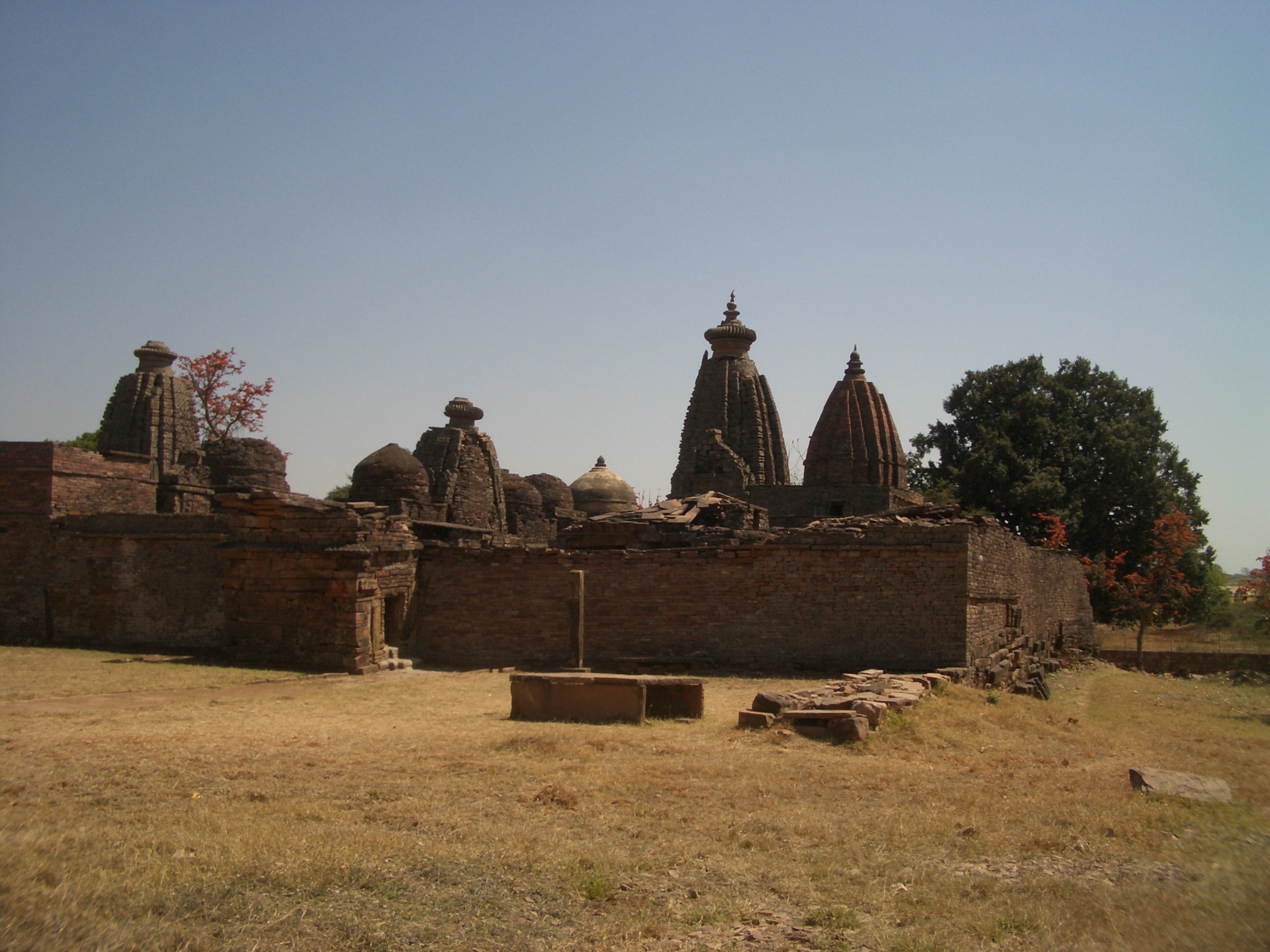
Temples of Badoh Pathari
Introduction
1. Sapta-Matrika SculpturesBadoh and Pathari are twin villages, separated by a pond. This separation is no more distinctly visible in current time, due to expansions, however both villages are different entity in the government records. Badoh-Pathari held much importance in medieval period, as deduced from the monuments found in the villages and in near vicinity. As per locals, it was called Batnagar in old times, however there is no proof to support this. We do not have much information about the history of these villages, however it can said with certainty that these were under Pratihara and later under Rashtrakuta empire. There are many monuments of interest in these two villages, ranging from 5th century AD to 11th century AD.
On a hill, bifurcating the road between Badoh and Pathari, are carved one of the earliest representations of Sapta-Matrikas which are accompanied by Veerbhadra on the left side. The worship of Sapta-Matrikas was very prominent during Mauryan and Gupta times, however it went into oblivion after that. The group of Sapta-Matrikas consitsts of the goddesses Umeshvari, Vaishnavi, Brahmani, Kumari, Chamunda, Varahi and Indrani. In later representations, we usually see these goddesses carved at the entrance of forts and temples.
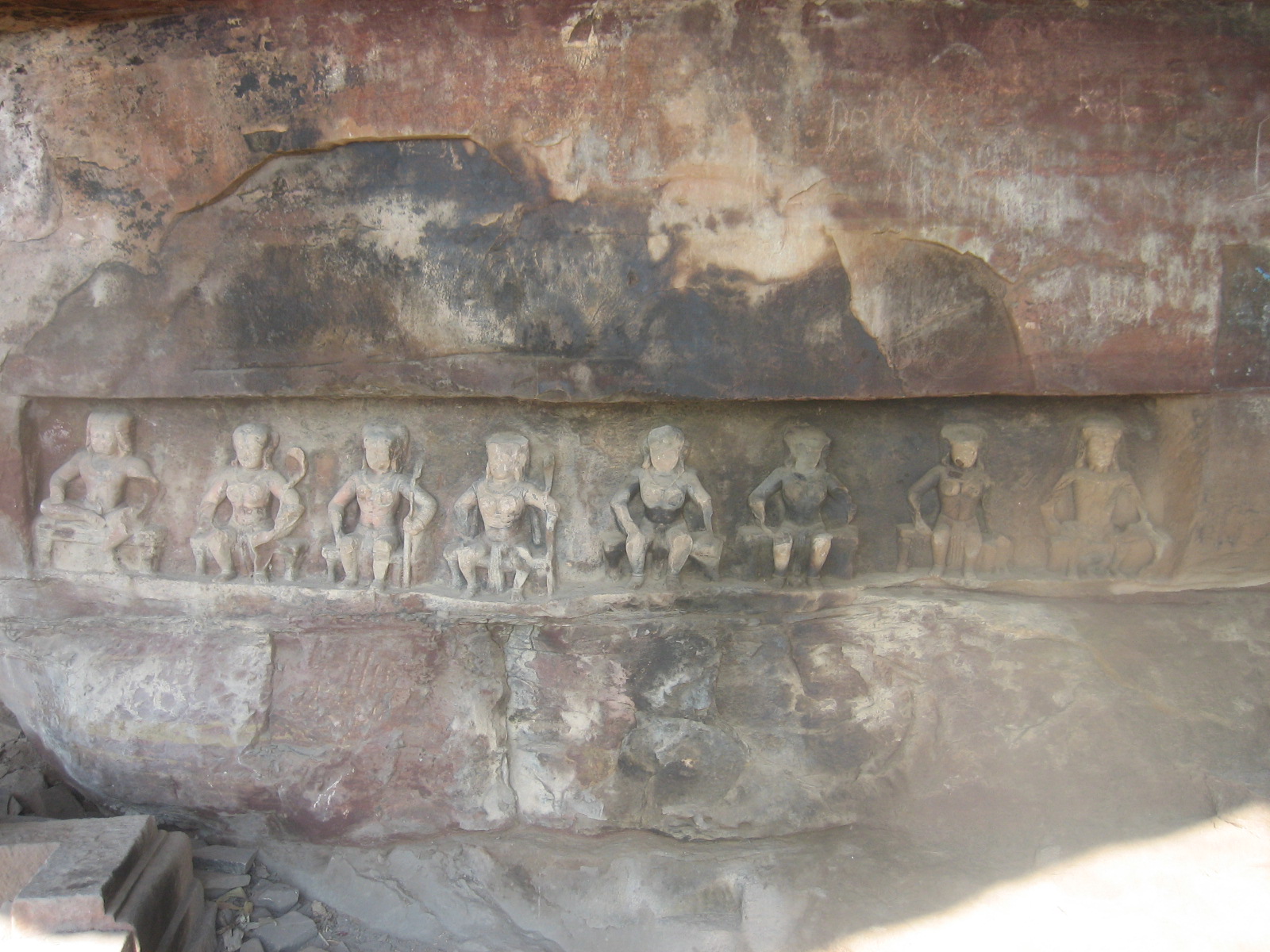
Sapta Matrikas
2. Jain Temple
This 10th-11th century temple was originally a Hindu temple, later converted into a Jain shrine. There are about 25 small shrines inside this temple complex. In middle of the complex is a raised platform with a roof supported on pillars. The different shrines seem to be constructed in different times between 10th to 13th century, as can be seen from their roof (shikhara) styles. The main shrine faces north. There are various Jina images installed in all the shrines inside the complex. The temple is in dilapidated condition and needs serious clearing of the sculptures.
Krishna Deva [1] writes about this temple:
"Badoh in District Vidisha is a reputed site of early medieval (Pratīhāra) art and architecture, largely pertaining to the Brāhmaṇical sects. The site also has a fairly large Jaina temple showing a quadrangular arrangement of deva-kulikās, each with a square sanctum, roofed by a latina Nāgara śikhara of circa tenth century. Despite their poor preservation, enough remains to show that the deva-kulikās, numbered twenty-four, enshrining all the Jinas, and the central one with the tallest śikhara was probably dedicated to Ṛṣabhanātha."
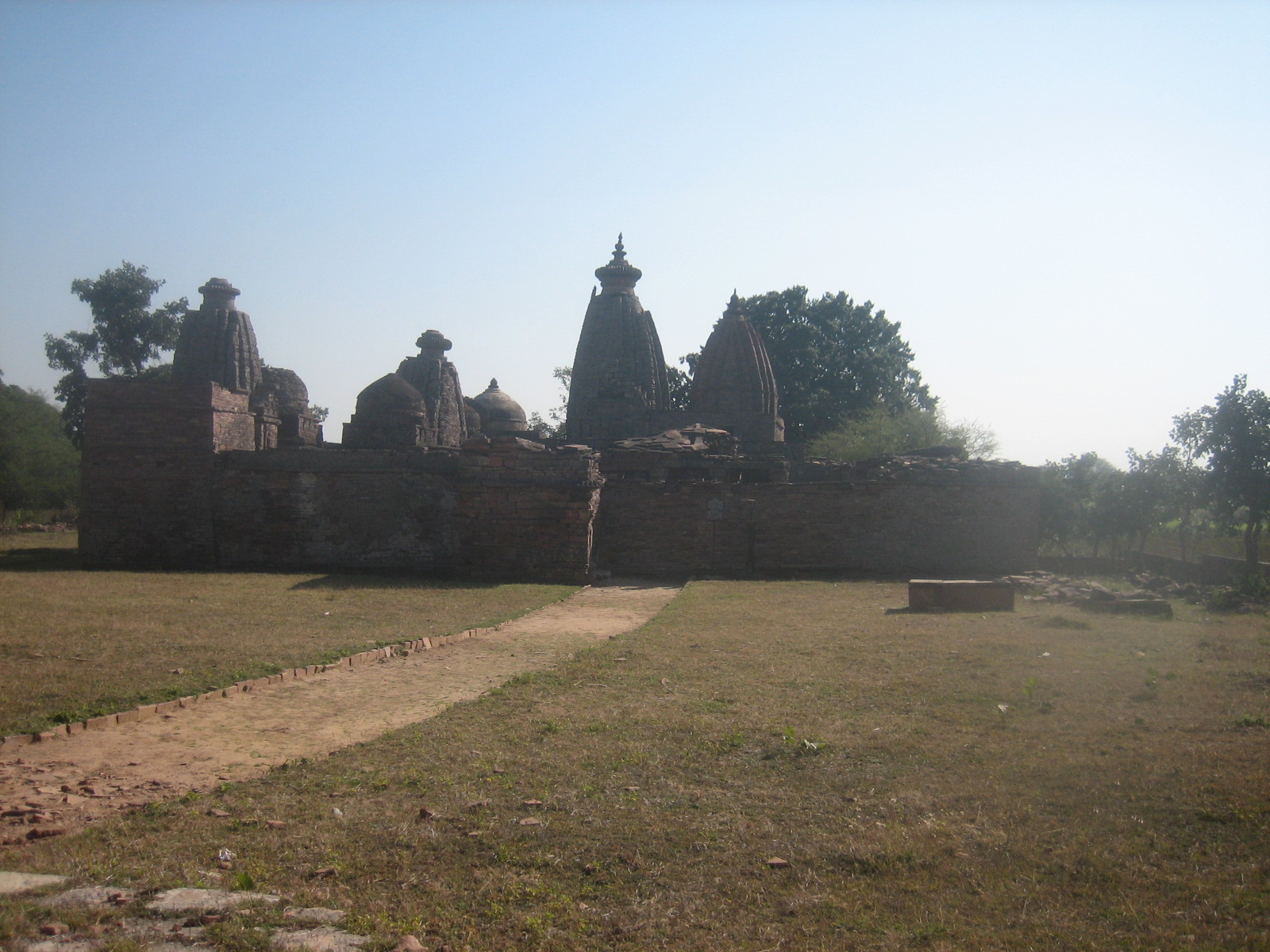
Jain Temple
3. Gadarmal Temple
Local people says that this temple was built by a gadaria (shepherd), hence the name of the temple. The building can be dated to 9th century; it is the largest monument among all in these villages. This is a sapt-ayana (seven-shrines complex) temple which was dedicated to a goddess or goddesses as seen from the main images on the door lintel and around the temple exterior wall. The temple was preserved by Gwalior Archaeological Department in 1923-24. Two lions are placed on the entrance, which leads to a raised platform approached by a flight of steps. The mandapa of the temple is supported on eight pillars, some have elephant capitals on top. The sanctum does not have any image now. Various apsarasa and ascetics are carved on exterior walls. The shikhara is in ruins, and it seems like a later addition to the temple.
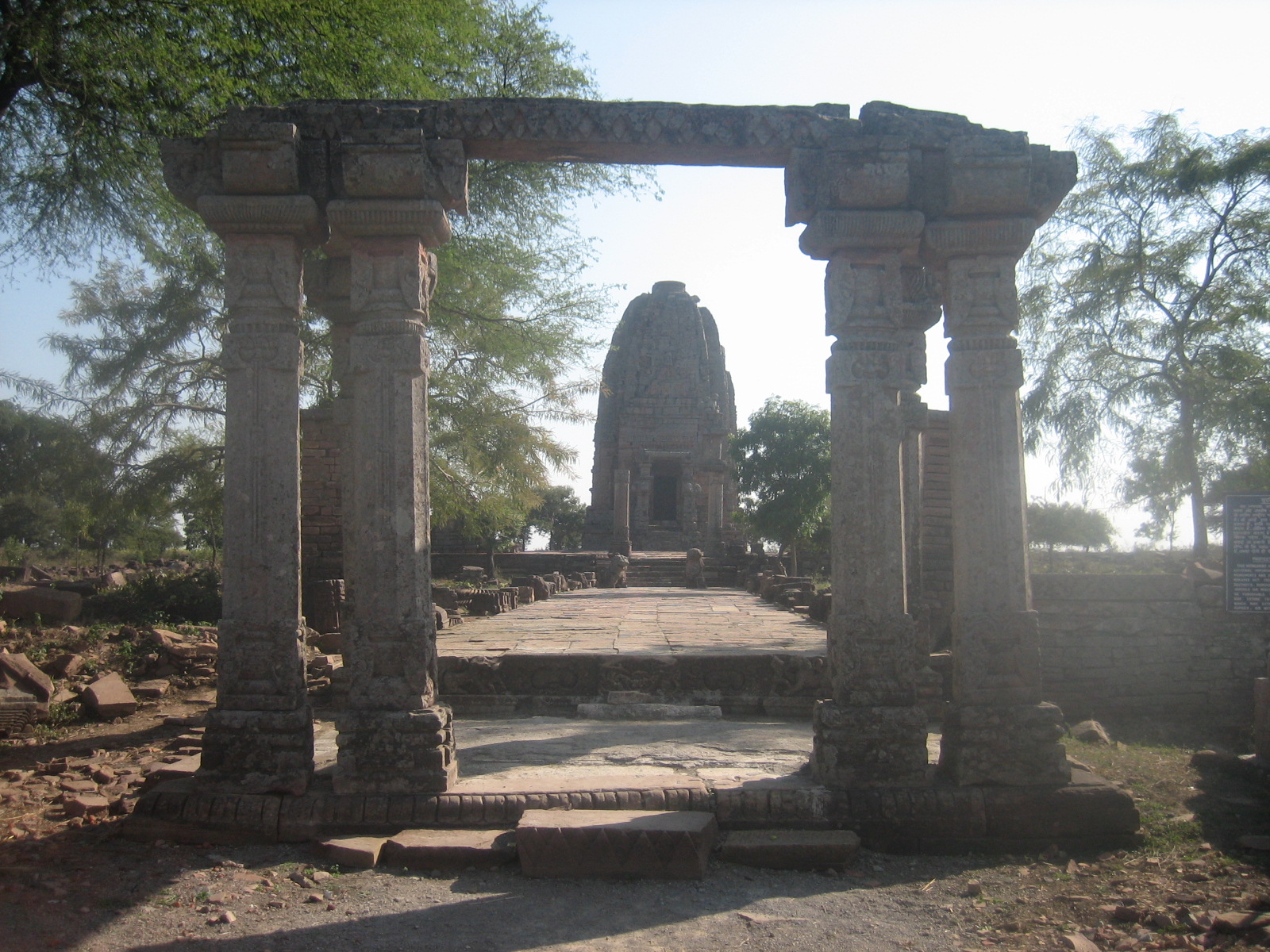
Gadarmal Temple
4. Dasavatara Temple
This temple complex has various small ruined shrines. It is believed that these were erected to house one or several avtars (incarnations) of Vishnu. There is a huge unfinished Varaha (Cosmic Boar) image placed inside the compound. The temples are dated of between 8th and 10th century.
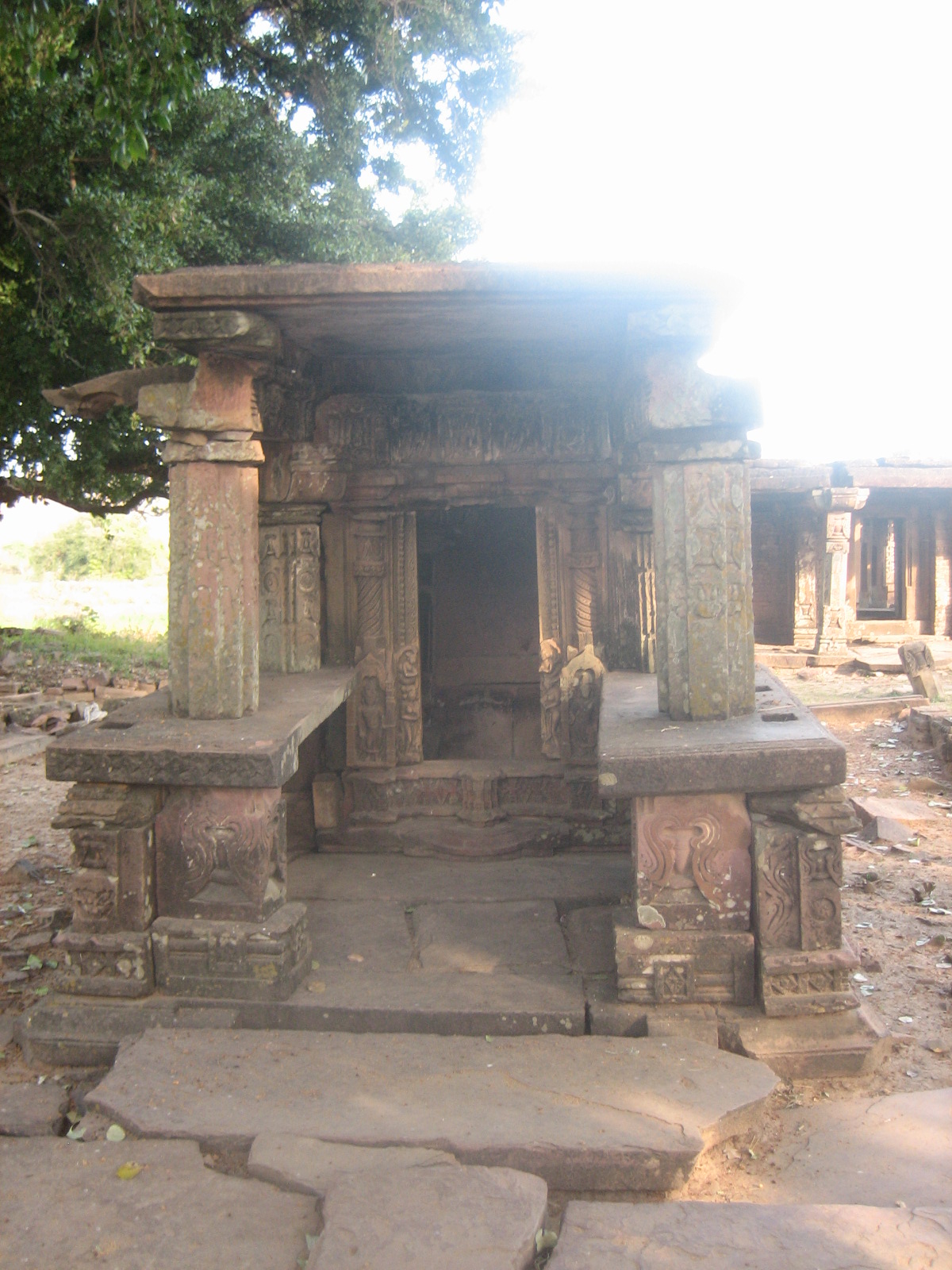
Dasavatara Temple
5. Solah Khambi
This structure has a flat roof supported on sixteen pillars. From the architectural style, this can be assigned to 8th or 9th century. There is no evidence of the nature of this structure however as it is situated at the banks of the nearby pond so it can be assessed that this was used for the purpose of entertainment.
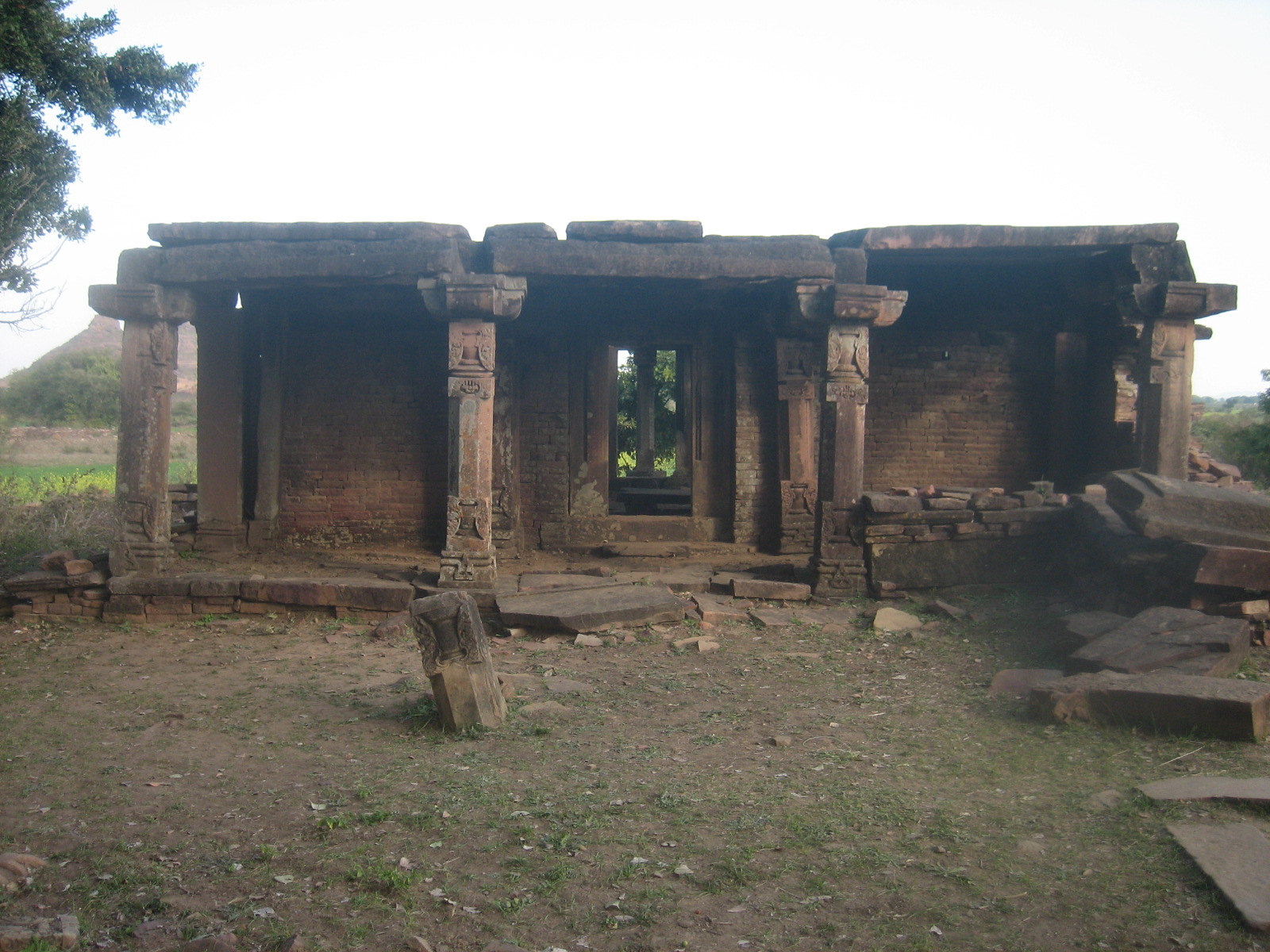
Solah Khambi
6. Bhim Gaja
This pillar is located in Pathari village. As per the inscription on the pillar it is said that this Garudadhvaja is erected by a chief minister of the Rashtrakuta king Parabala in Vikram Samvat 917 (861 AD). The capital of the pillar has not survived.
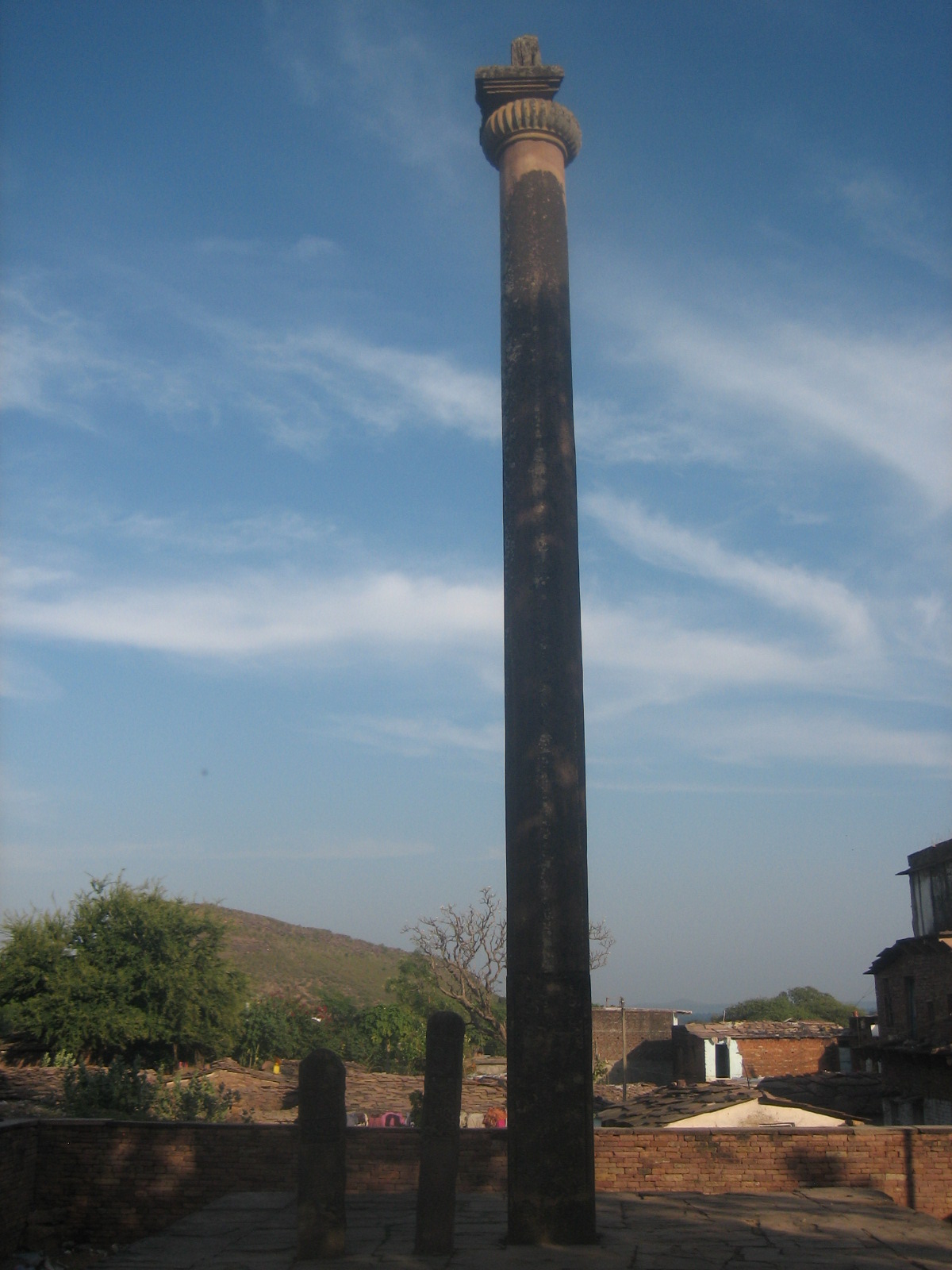
Bhim Gaja
Impressions of the Badoh Pathari Jain Temple and the surrounded buildings
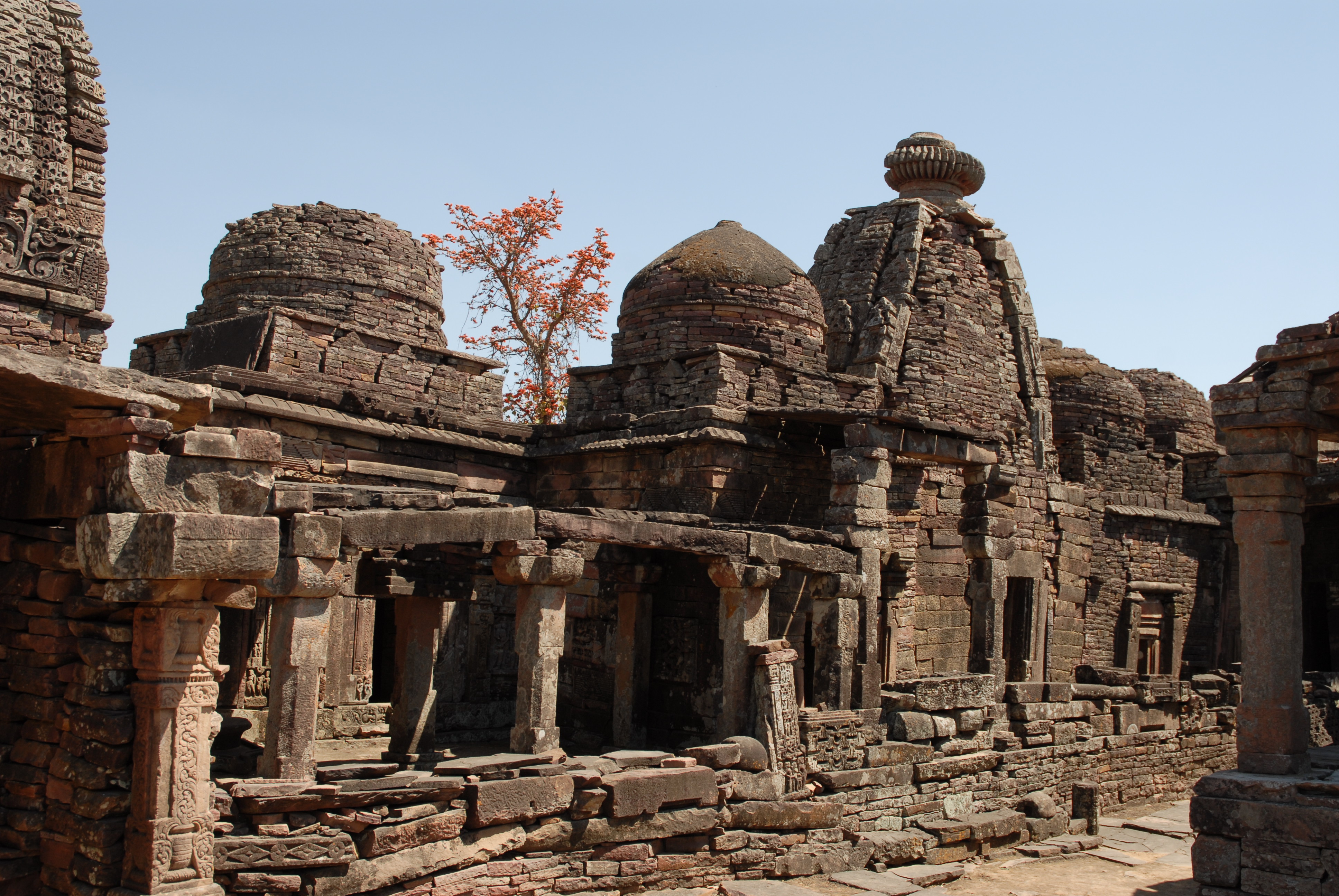
Jain Temple
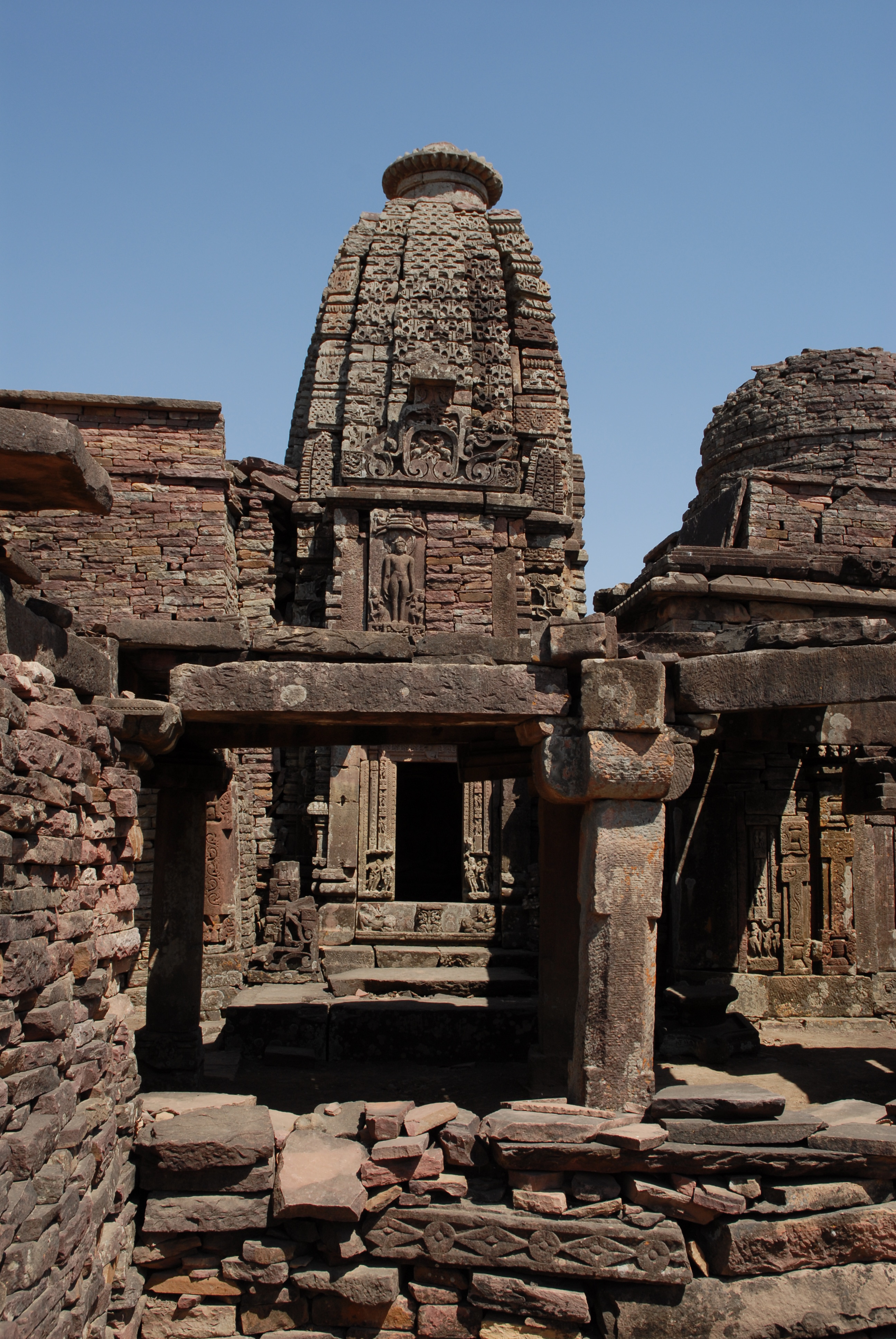
Jain Temple (shikhara)
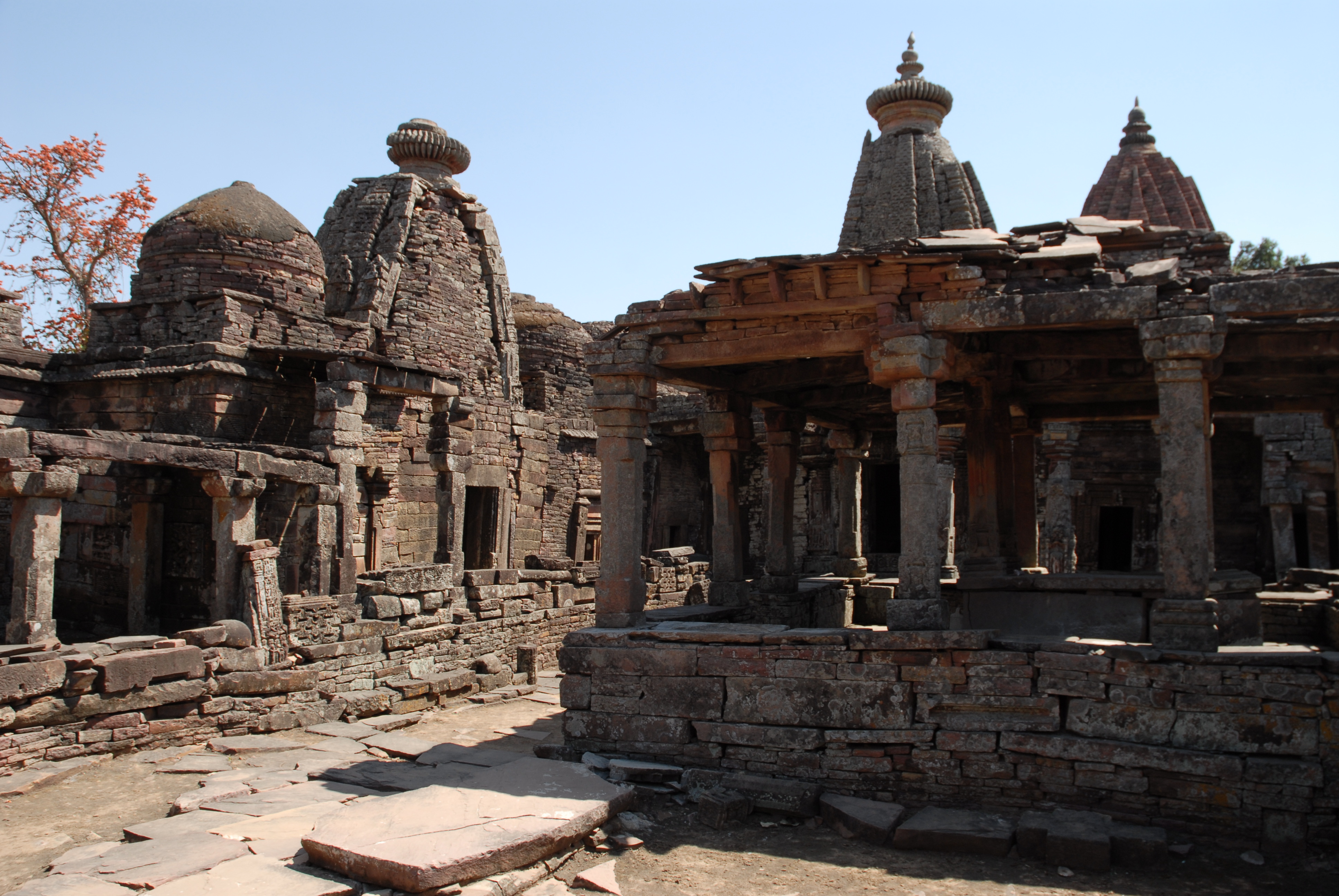
Jain Temple
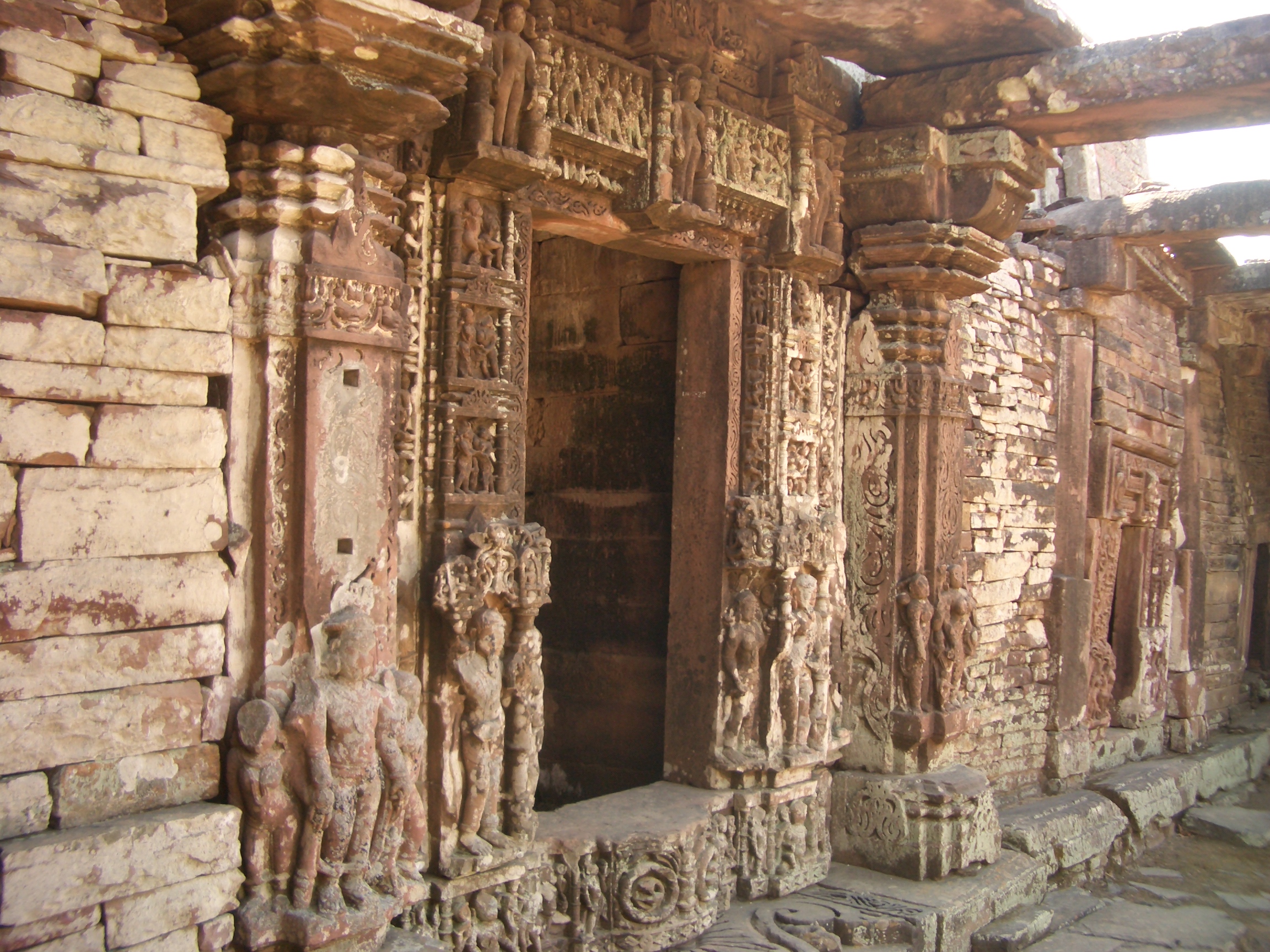
Entrance of a shrine
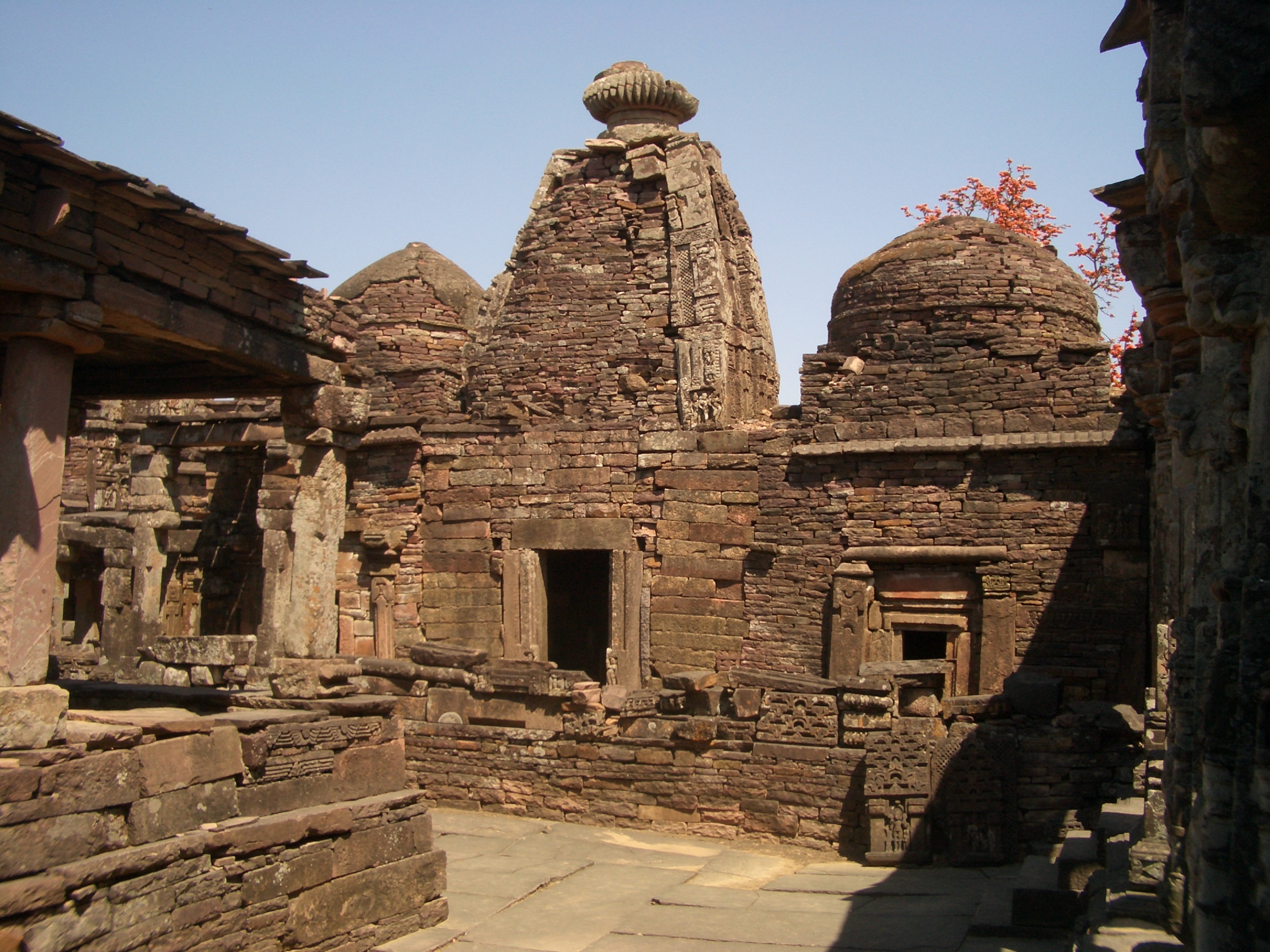
Jain Temple
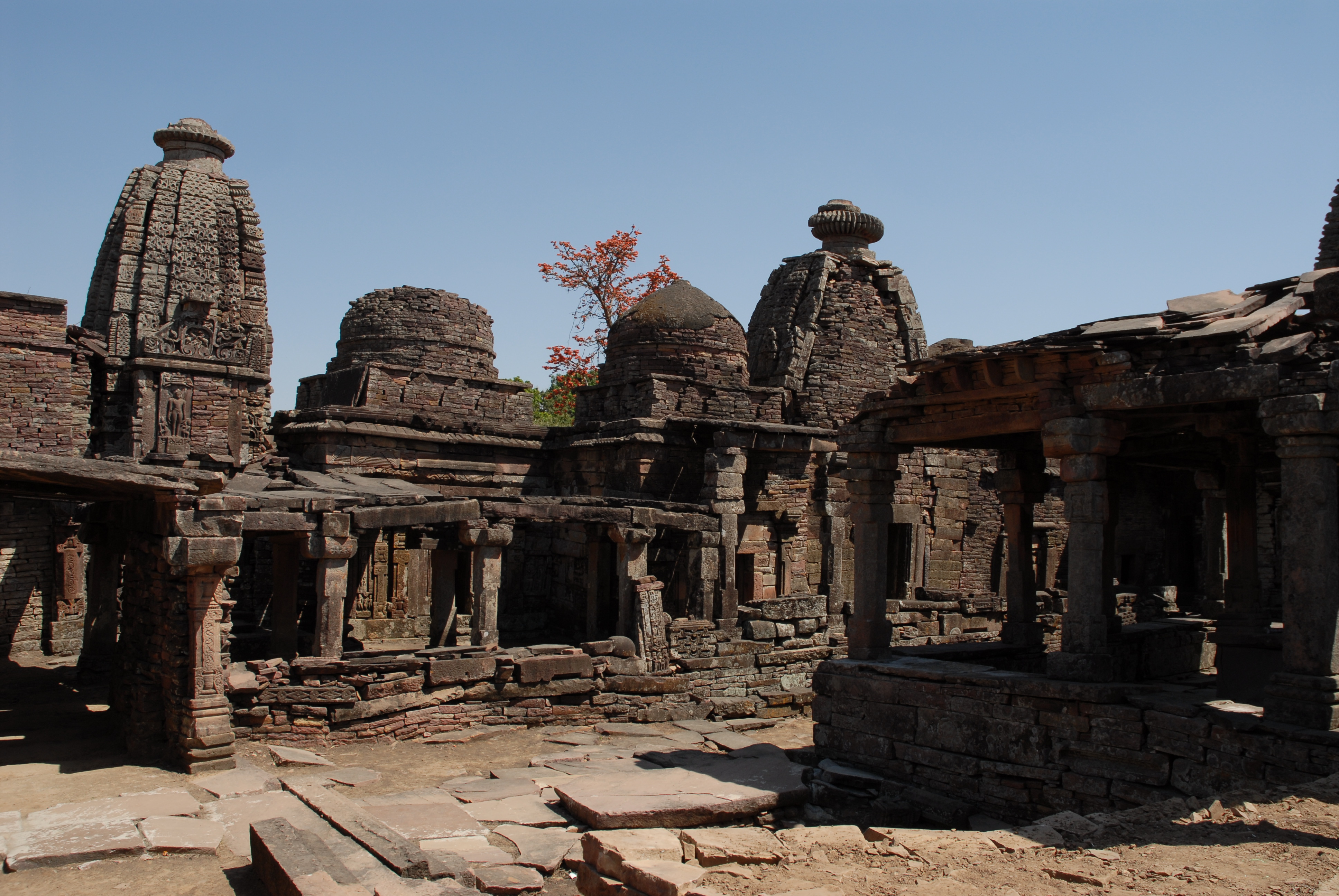
Jain Temple (courtyard)
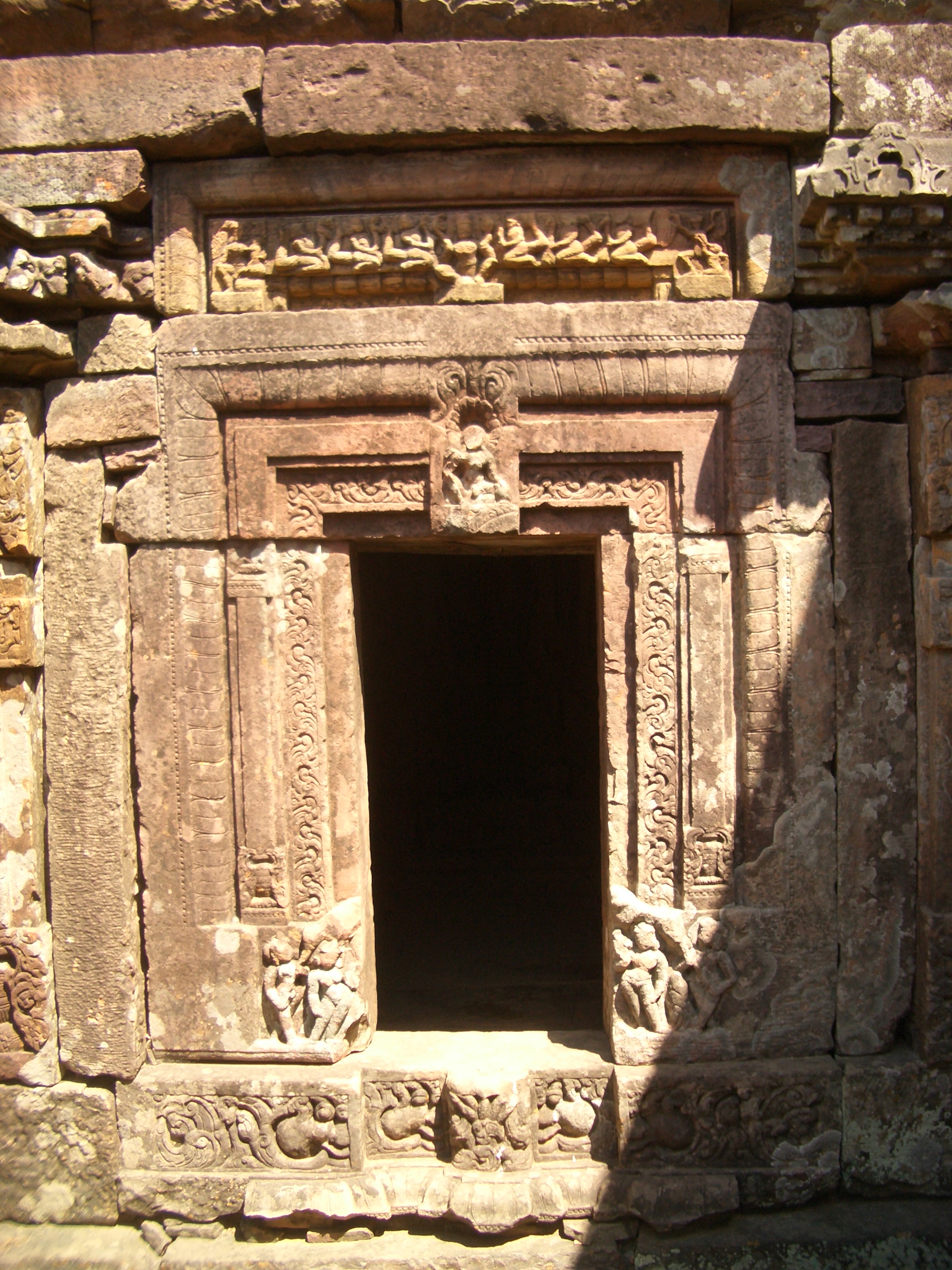
Entrance of a shrine
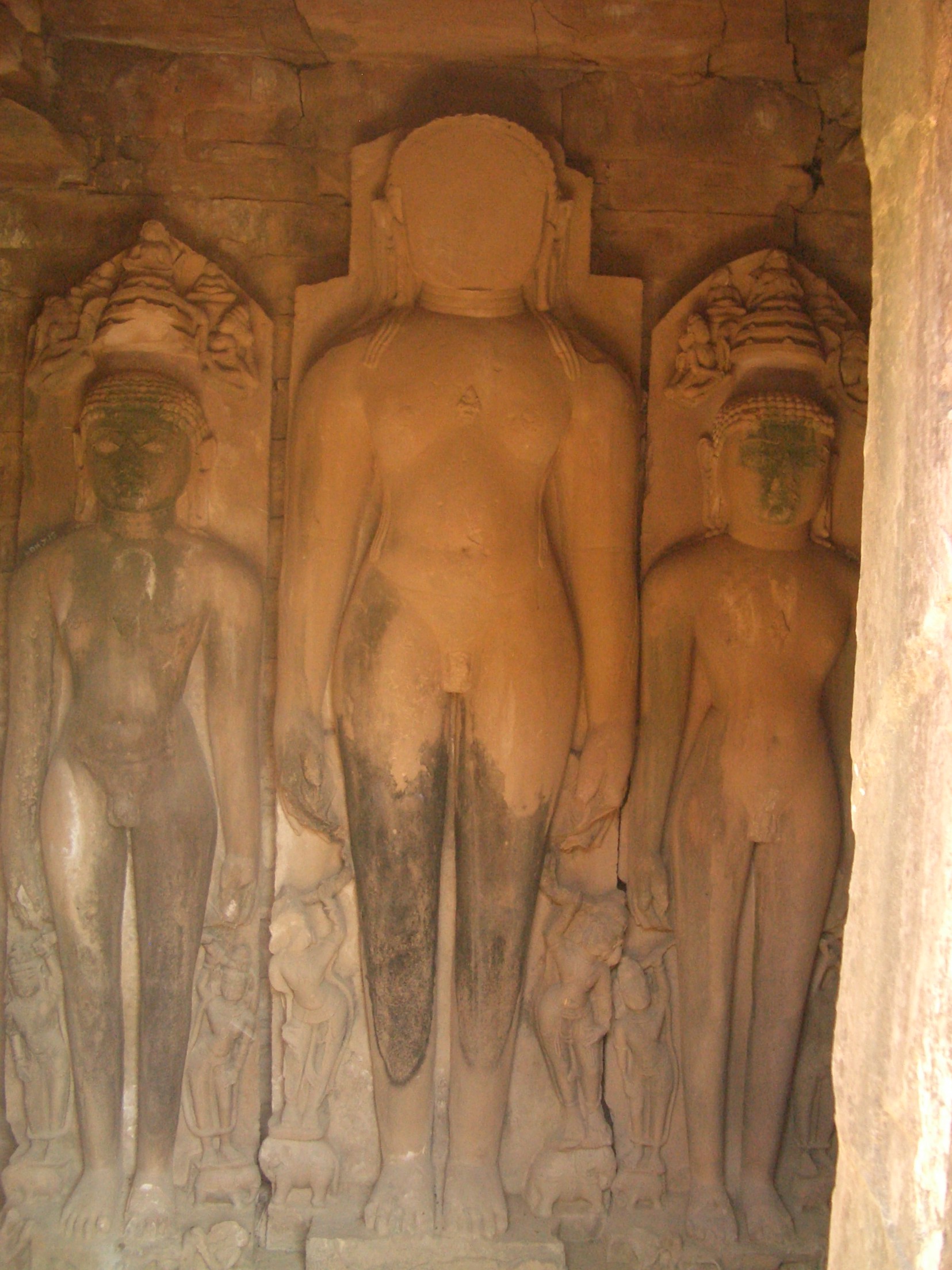
Sculpture of Rishabhanatha, flanked by two Jinas
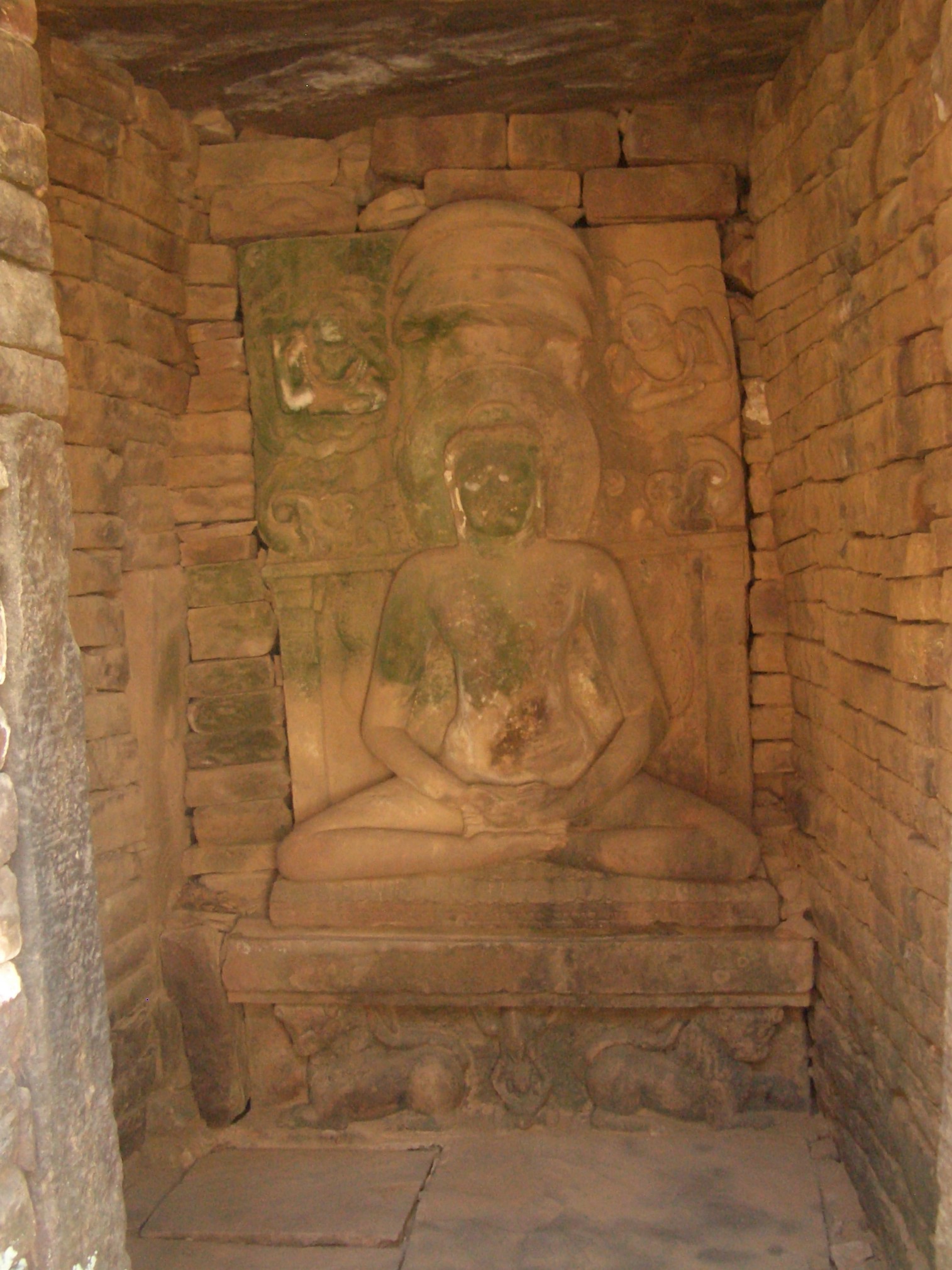
Sculpture of a seated Jina
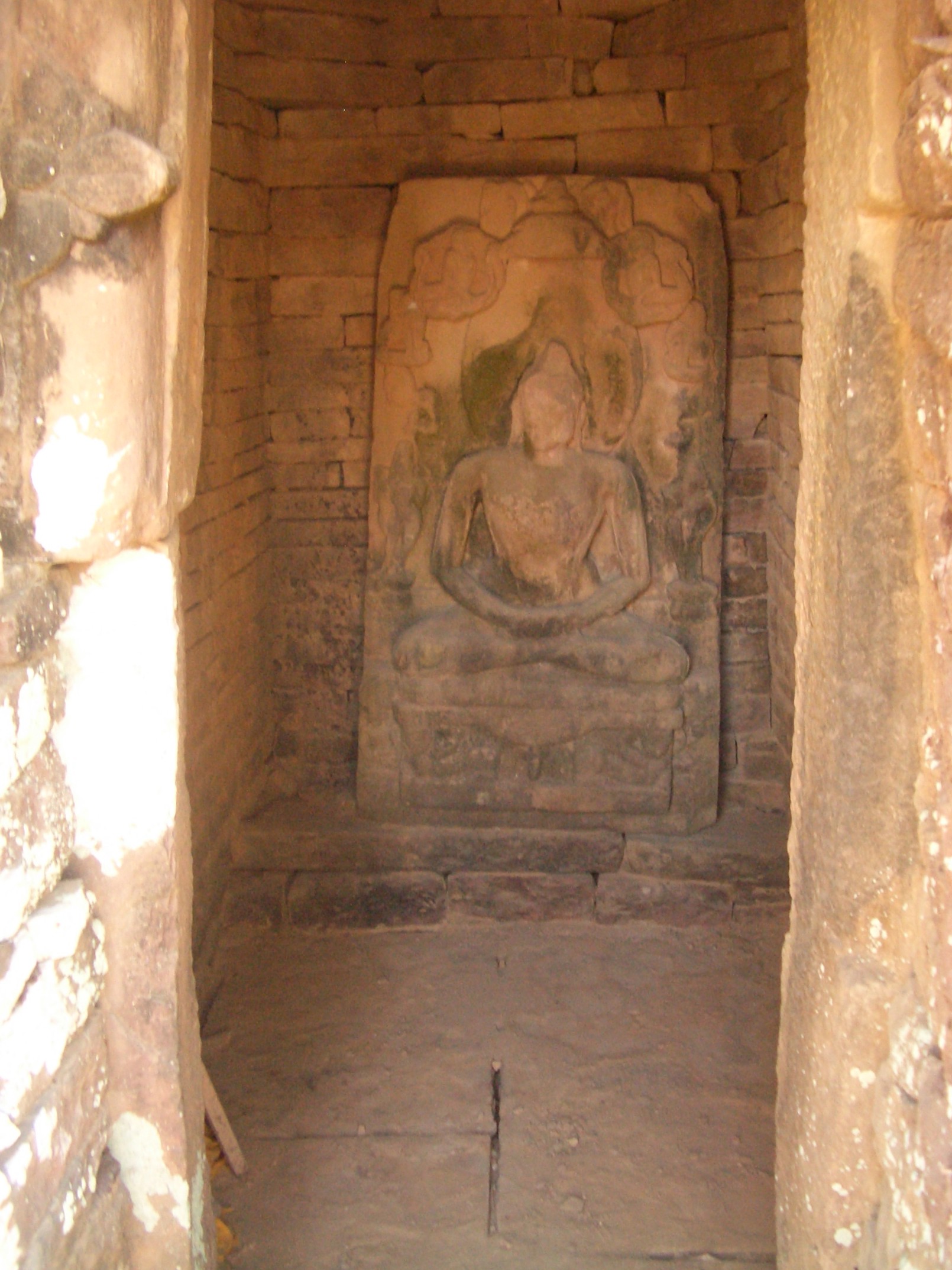
Sculpture of a seated Jina
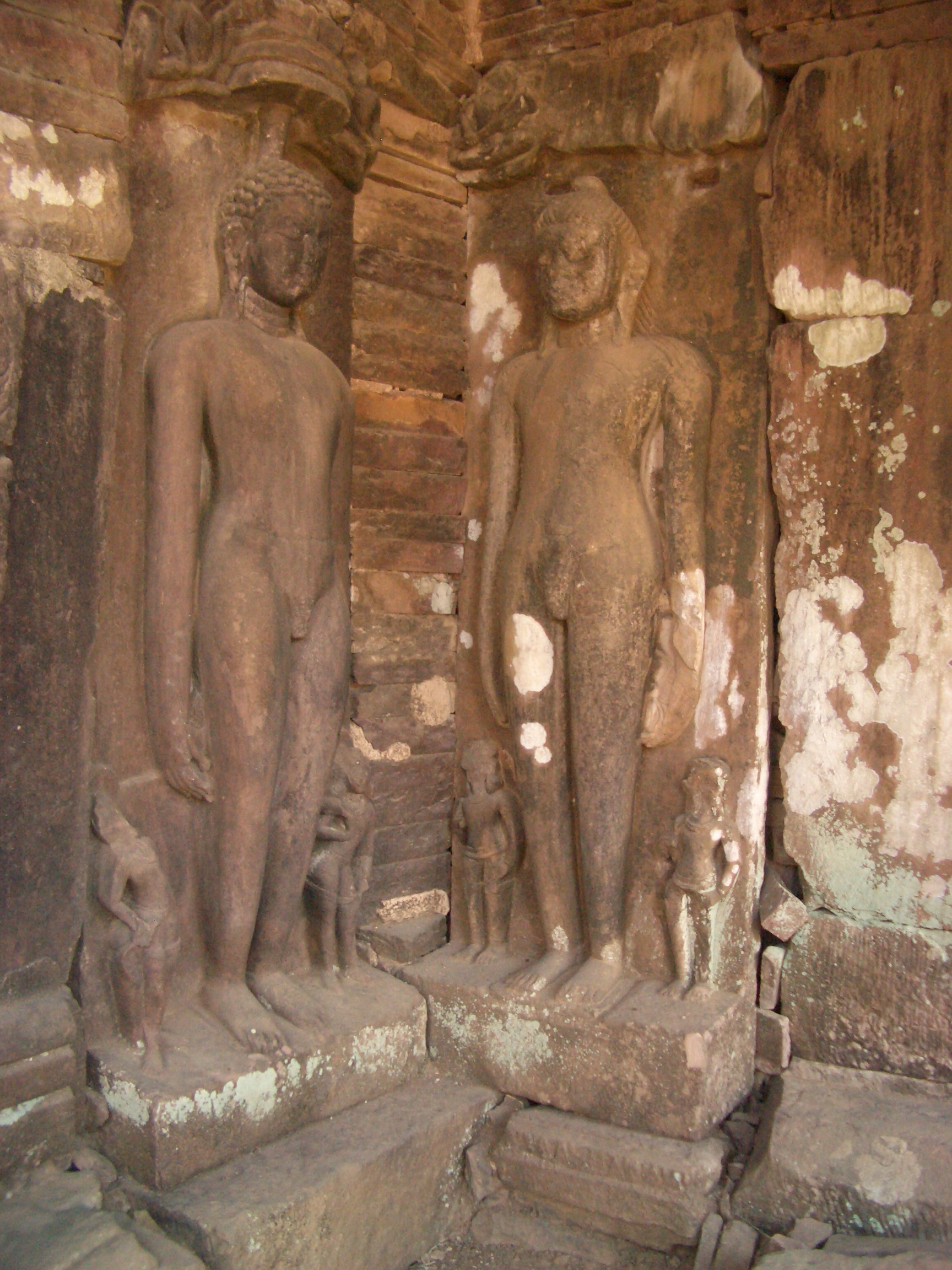
Sculptures of standing Jinas
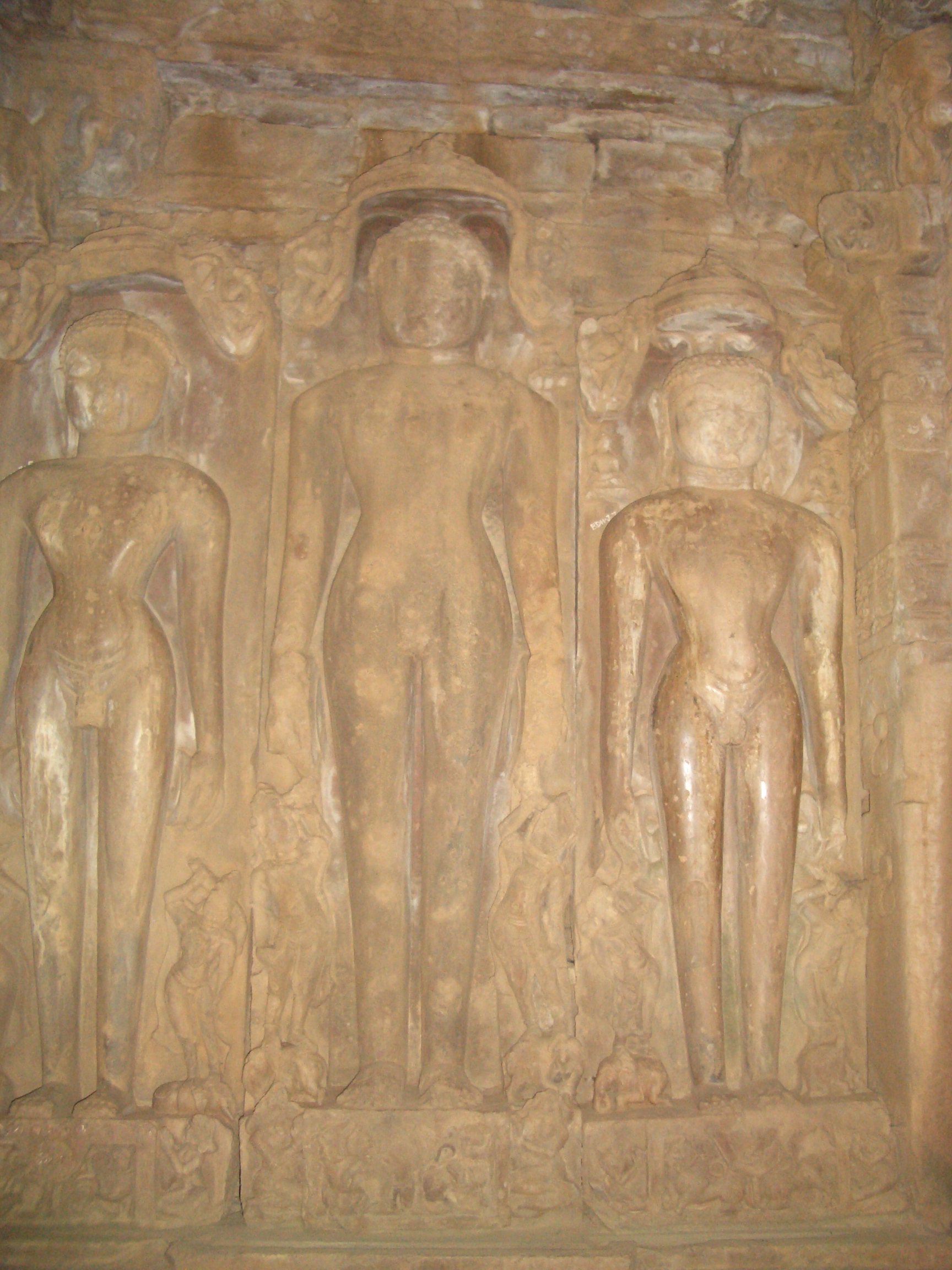
Triad of standing Jinas
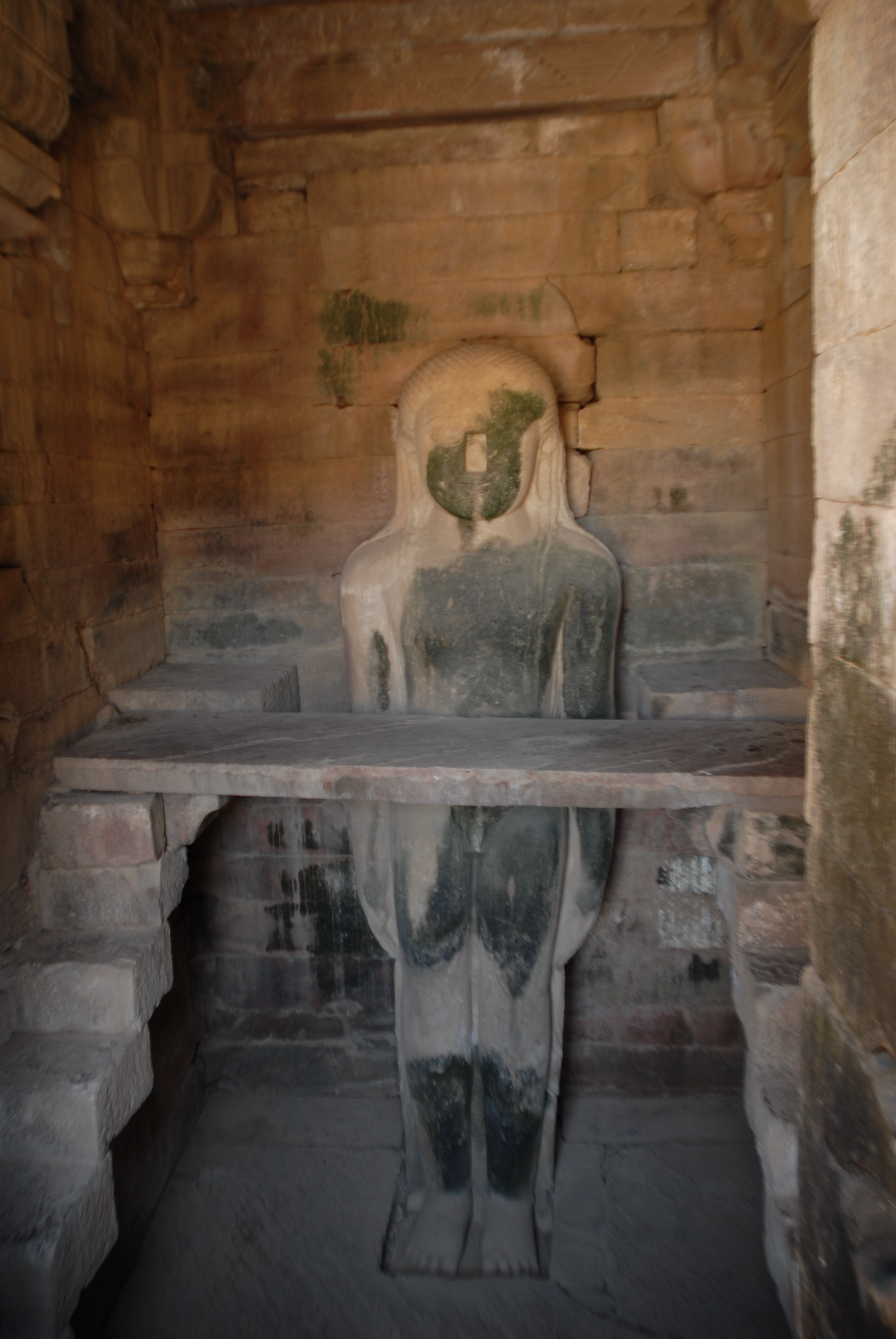
Sculpture of Rishabhanatha
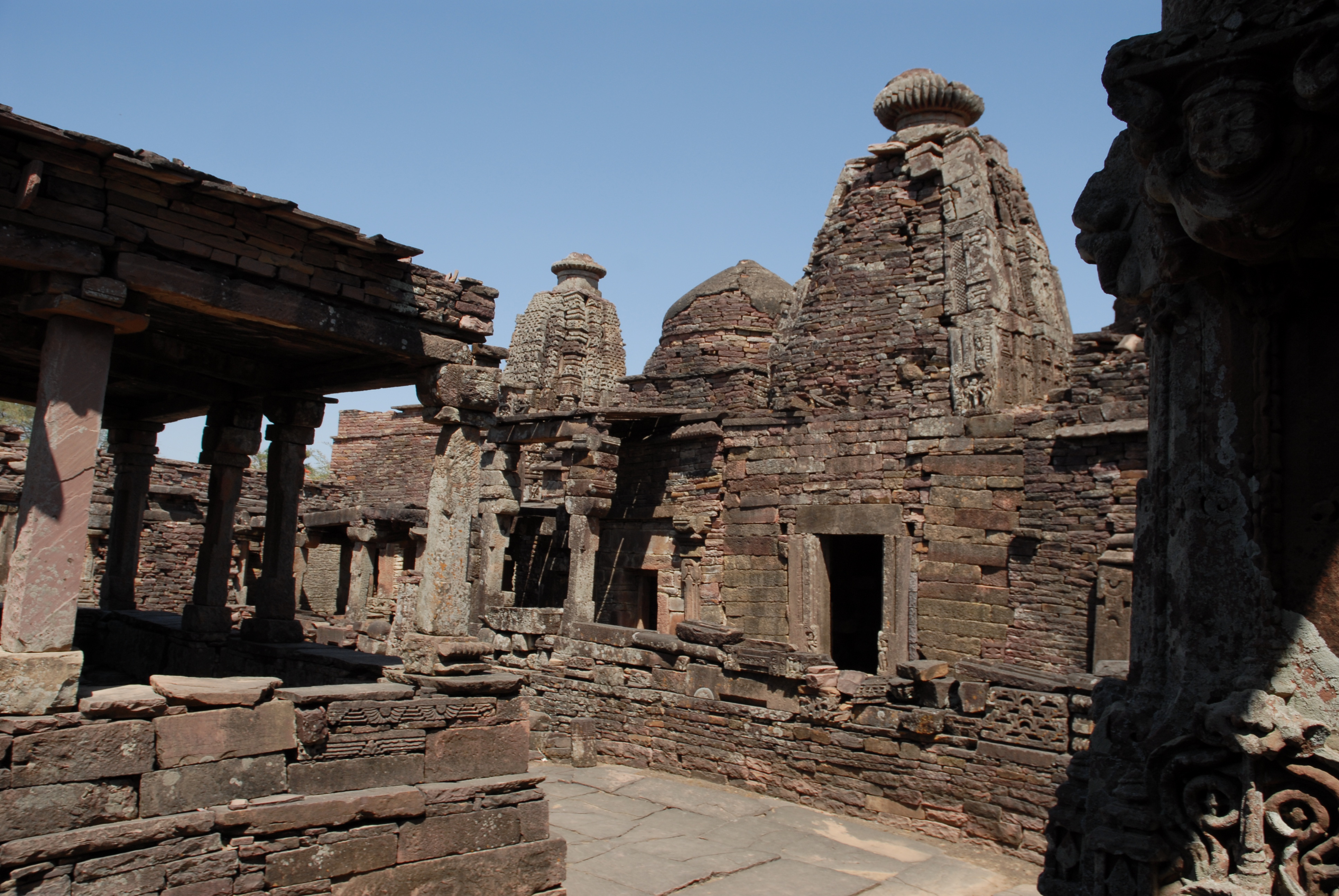
Jain Temple
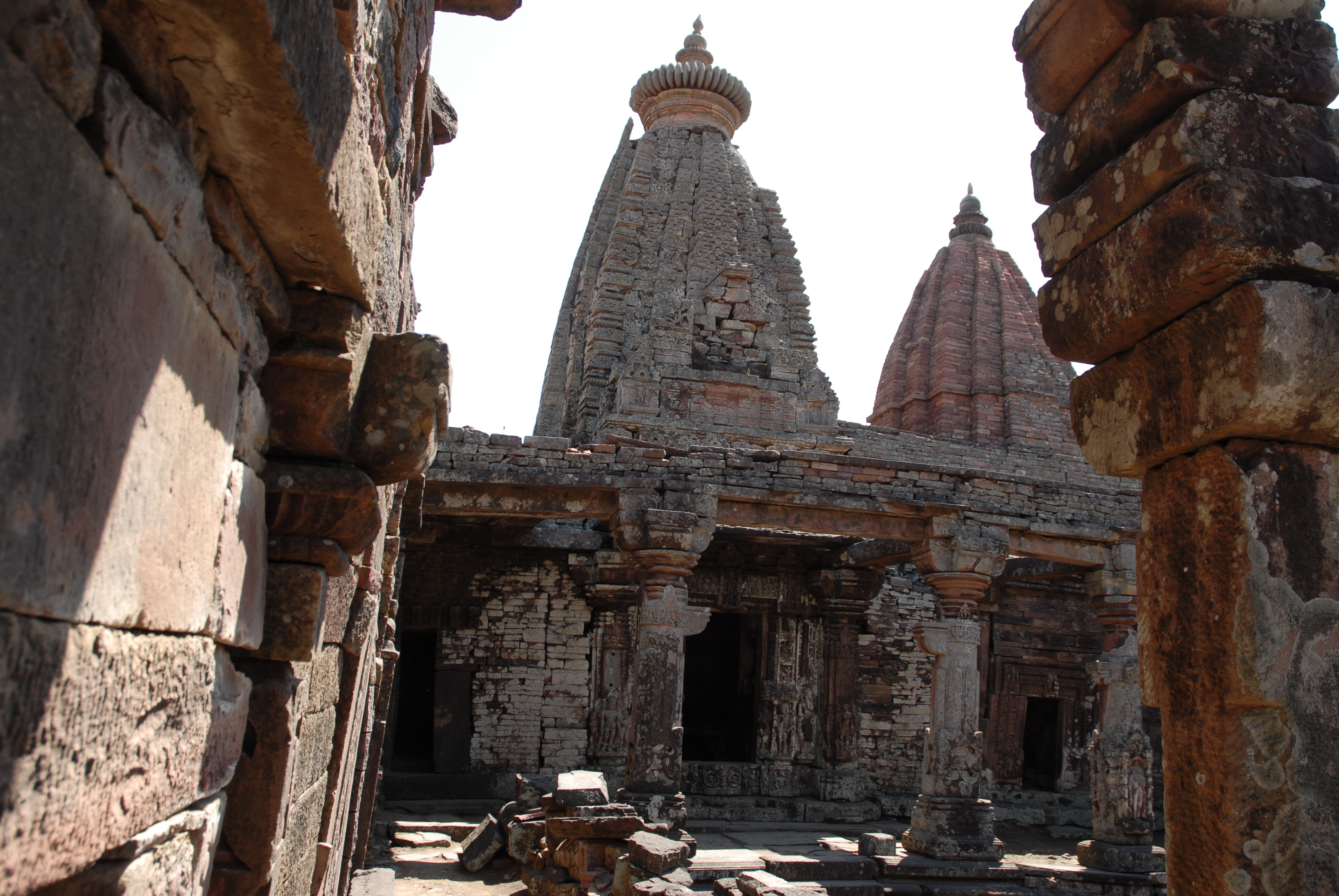
Jain Temple (shikhara)
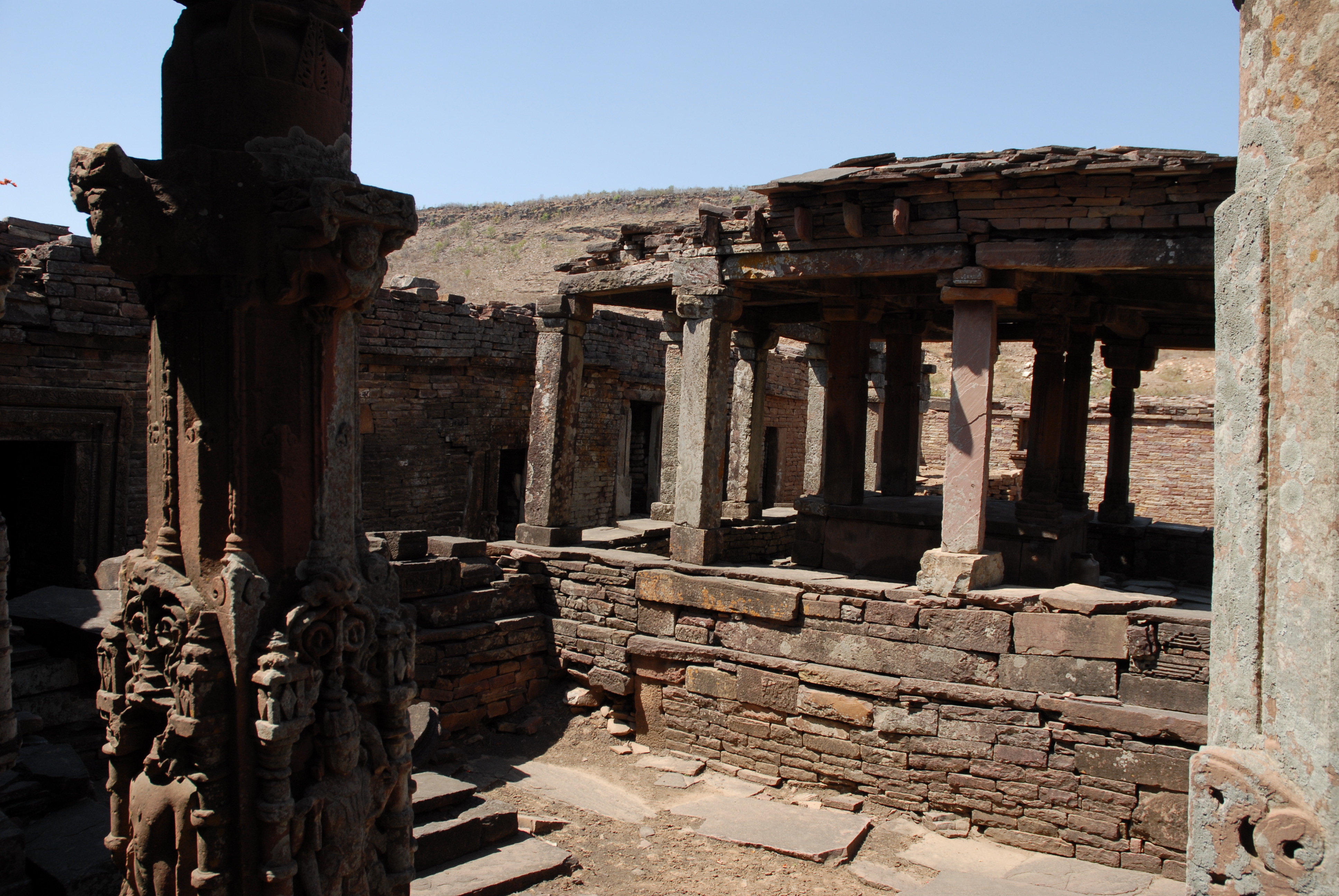
Jain Temple
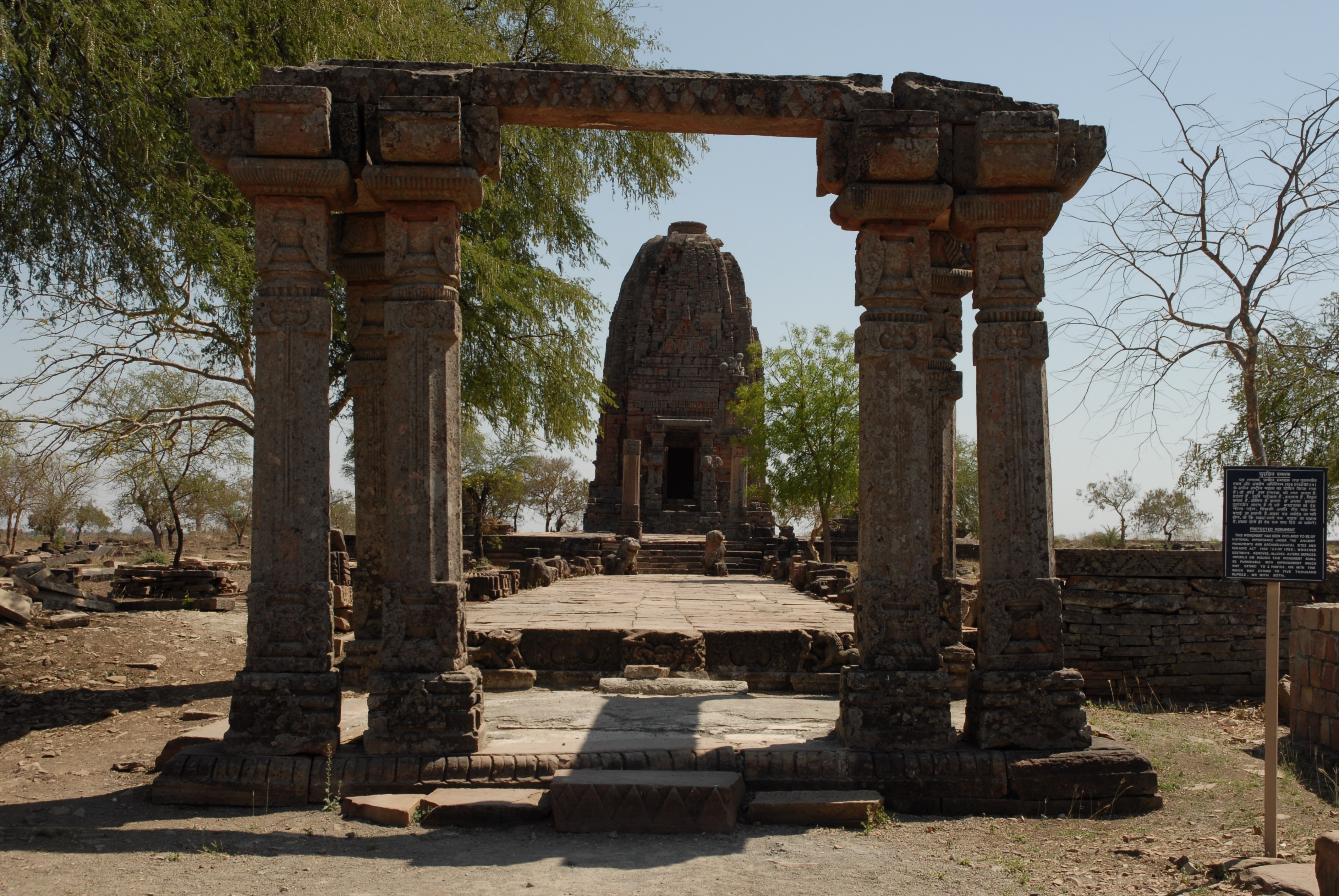
Gadarmal Temple
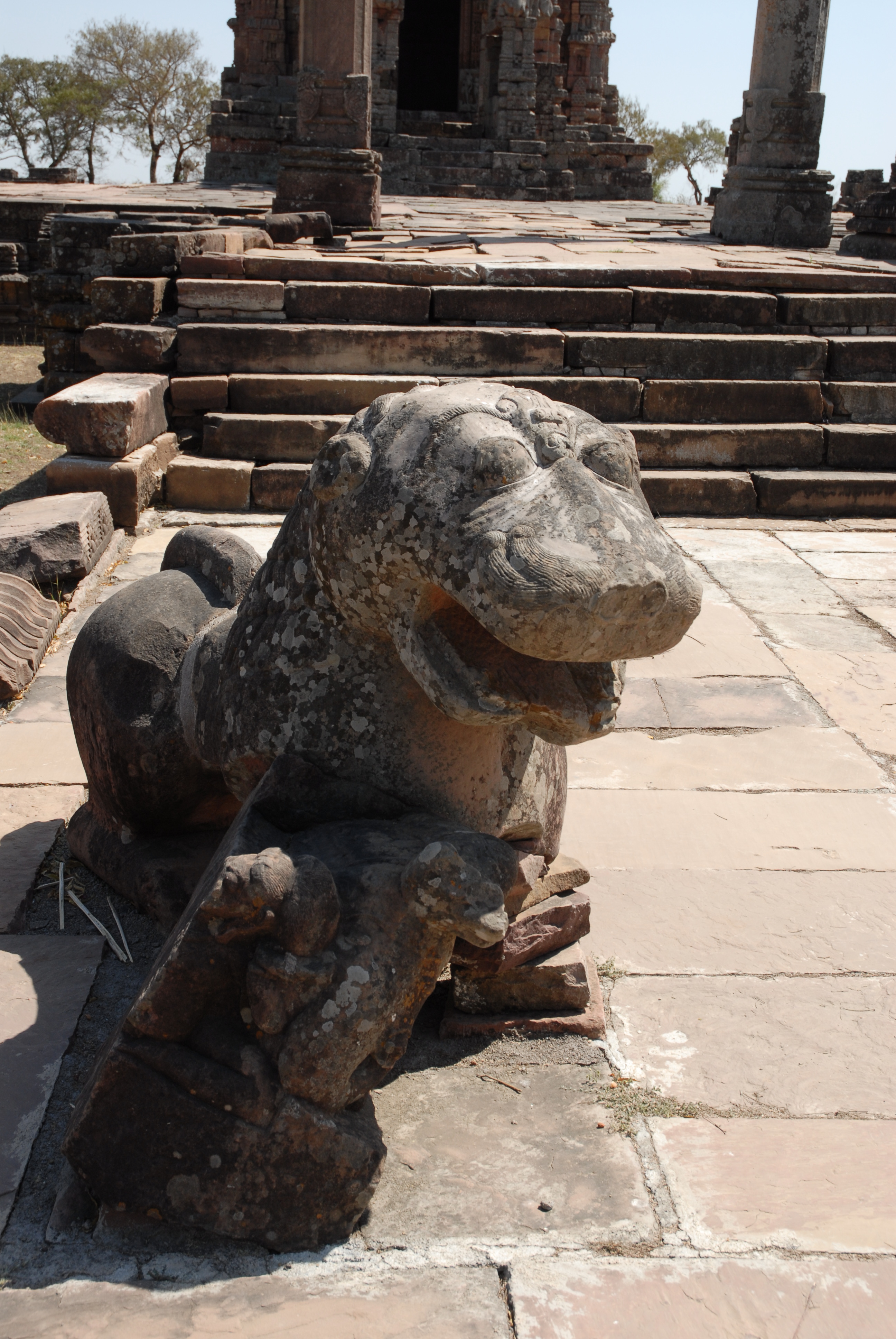
Sculpture of a lion in front of Gadarmal Temple
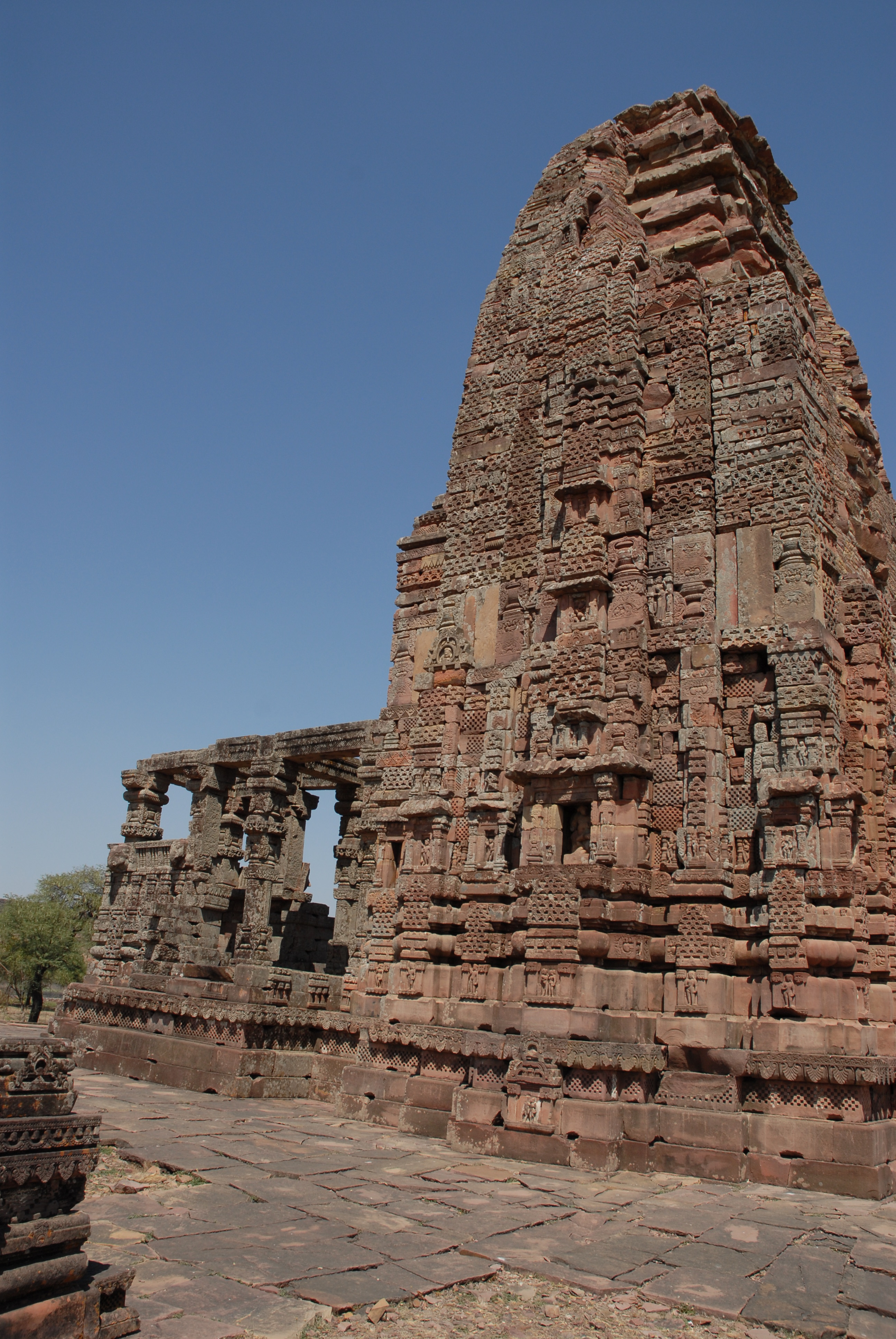
Gadarmal Temple
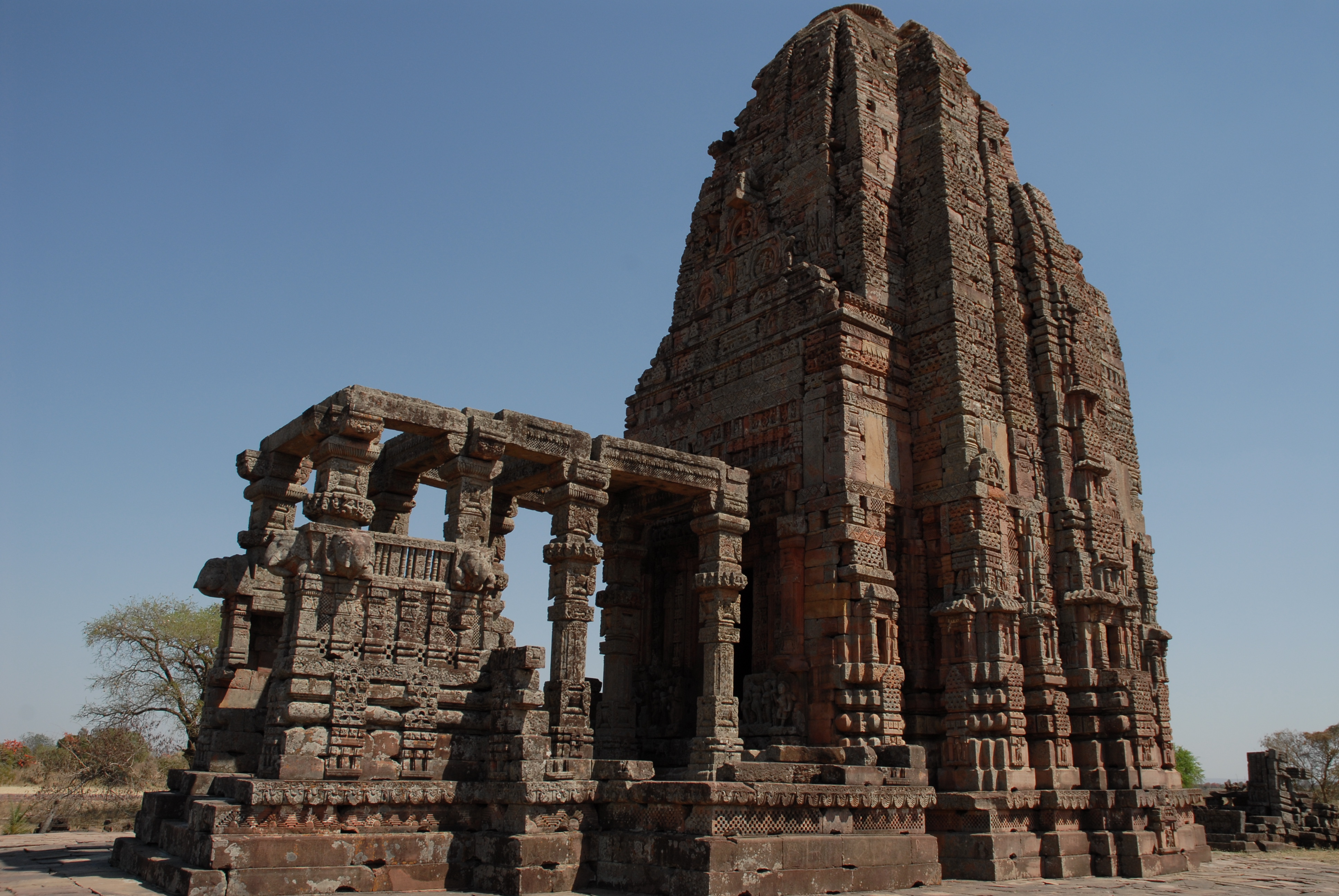
Gadarmal Temple
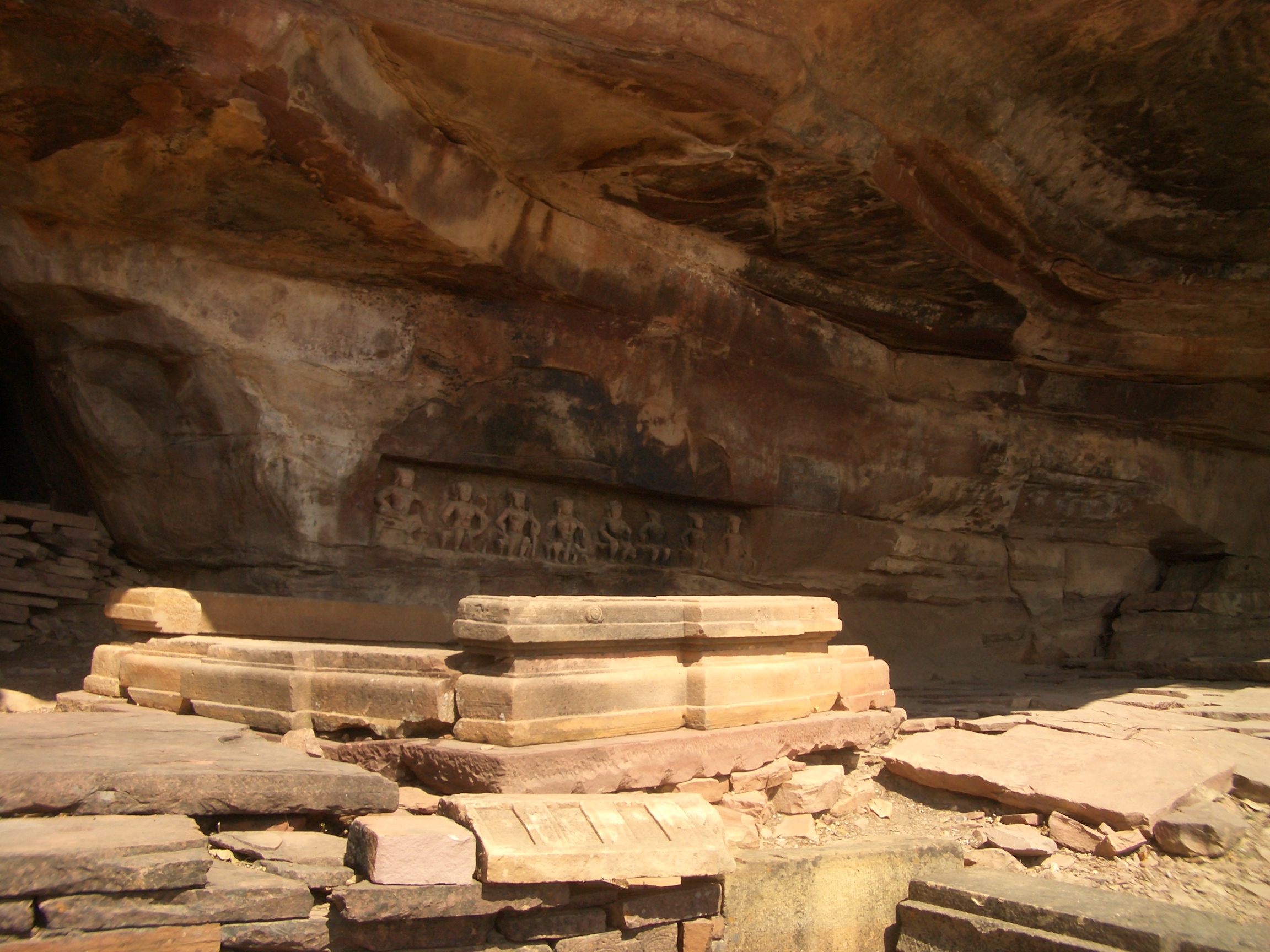
Sapta-Matrikas rock-carving
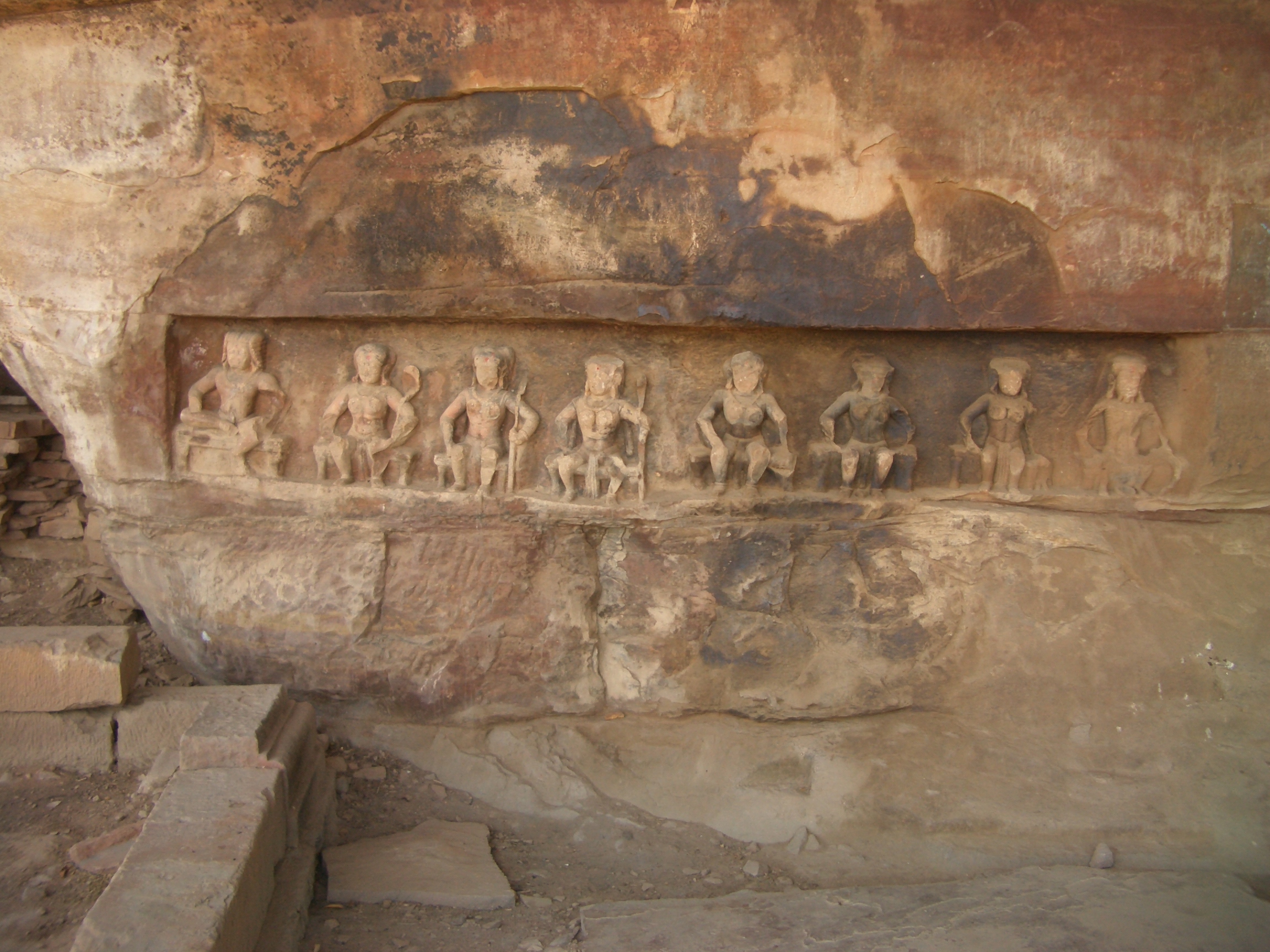
Sapta-Matrikas rock-carving